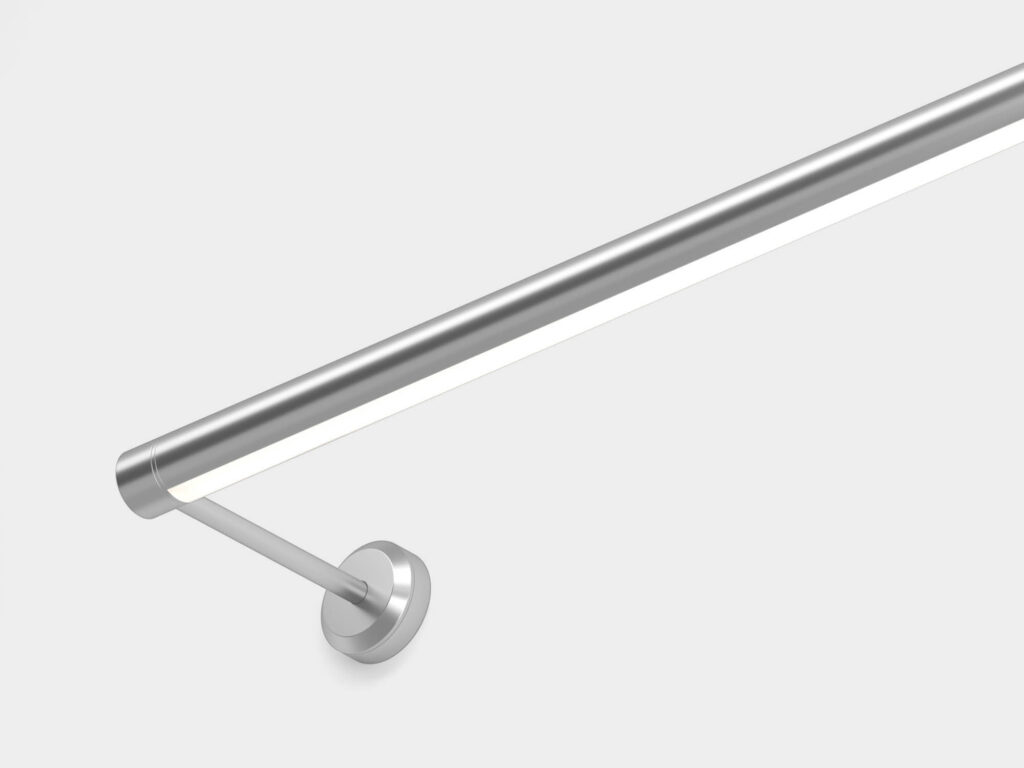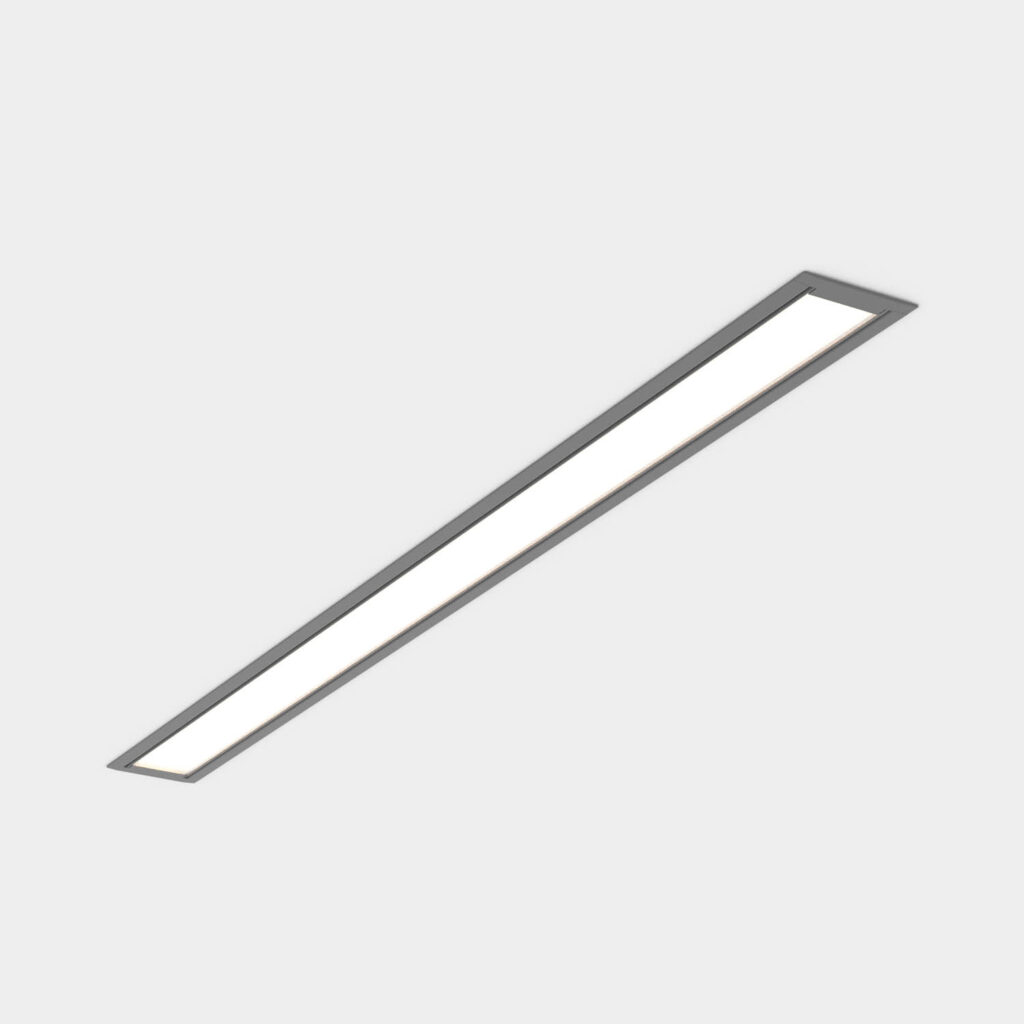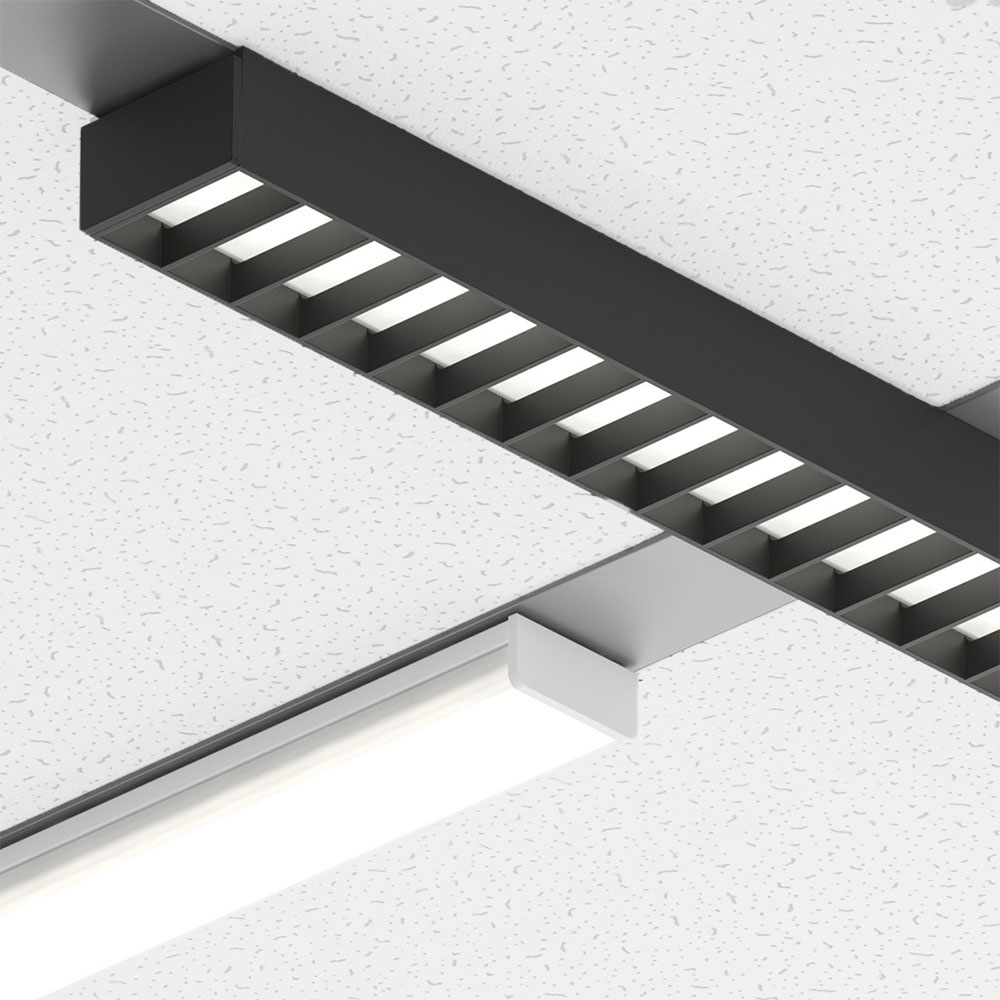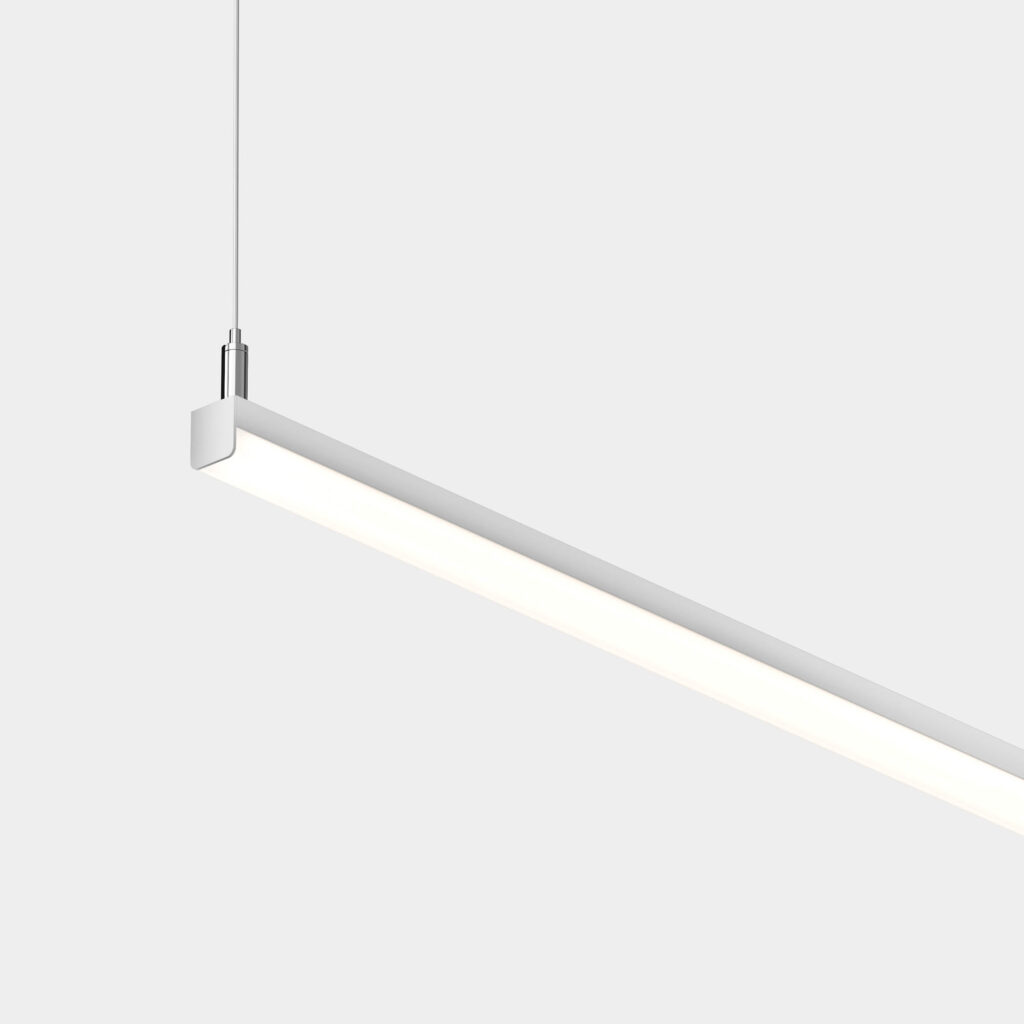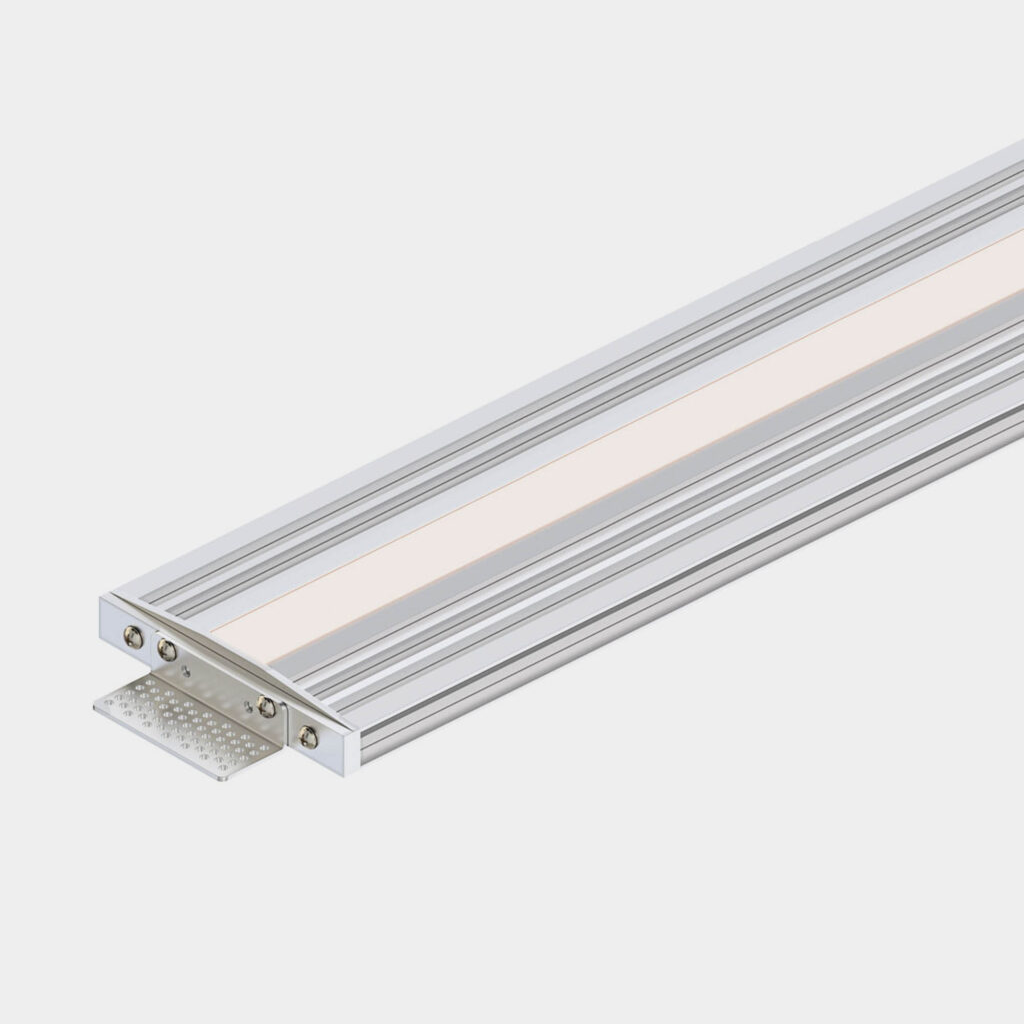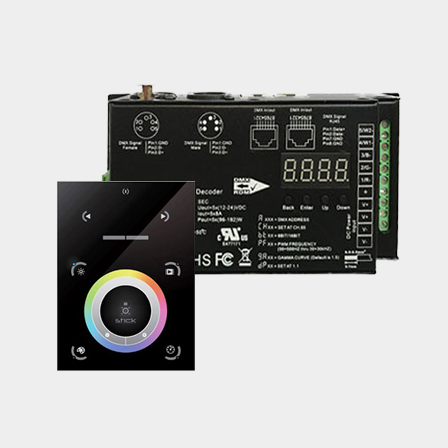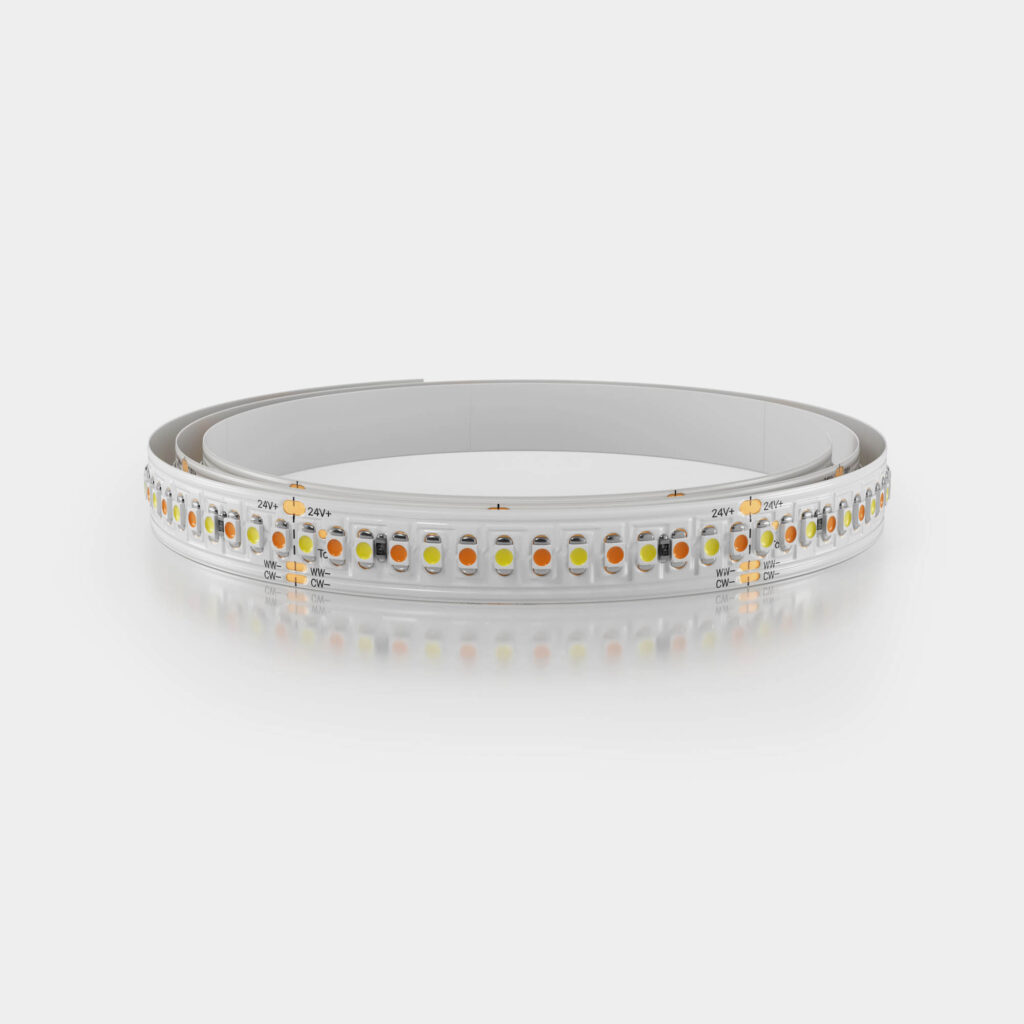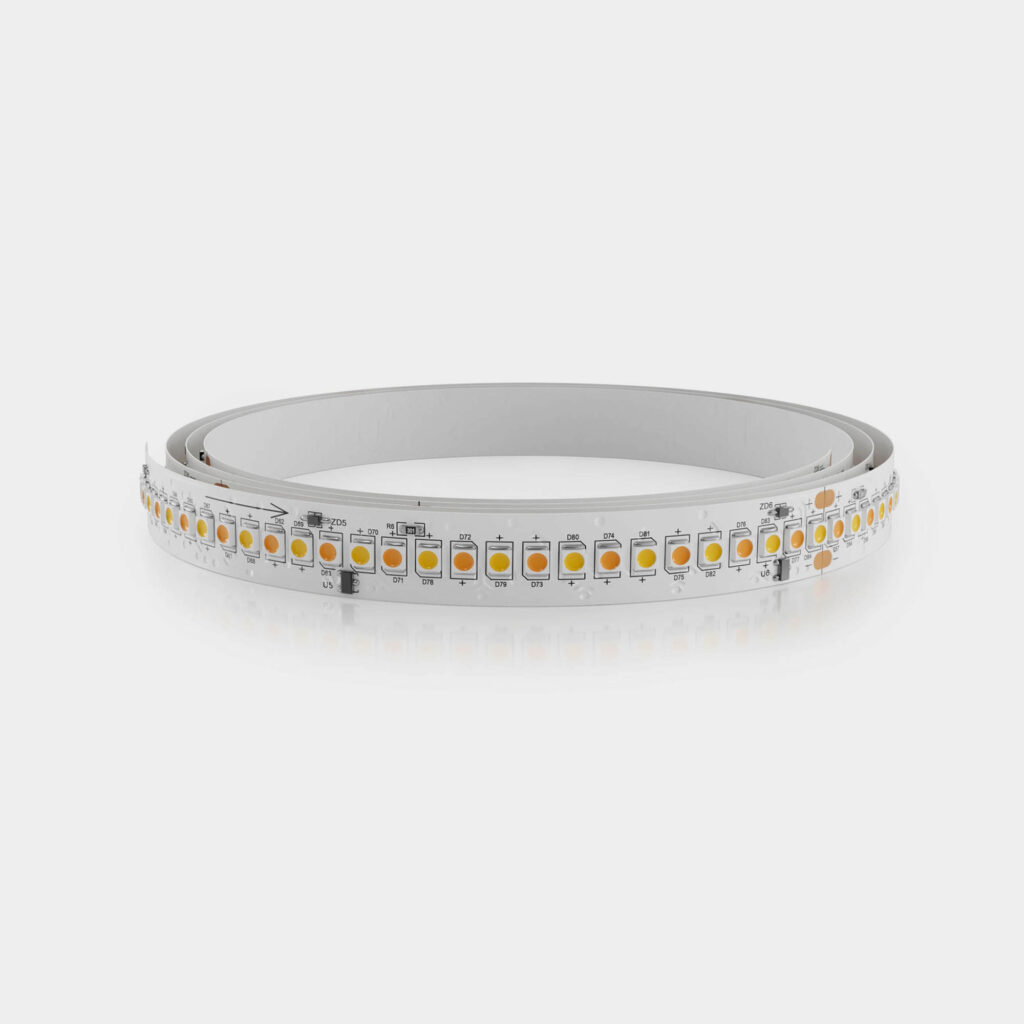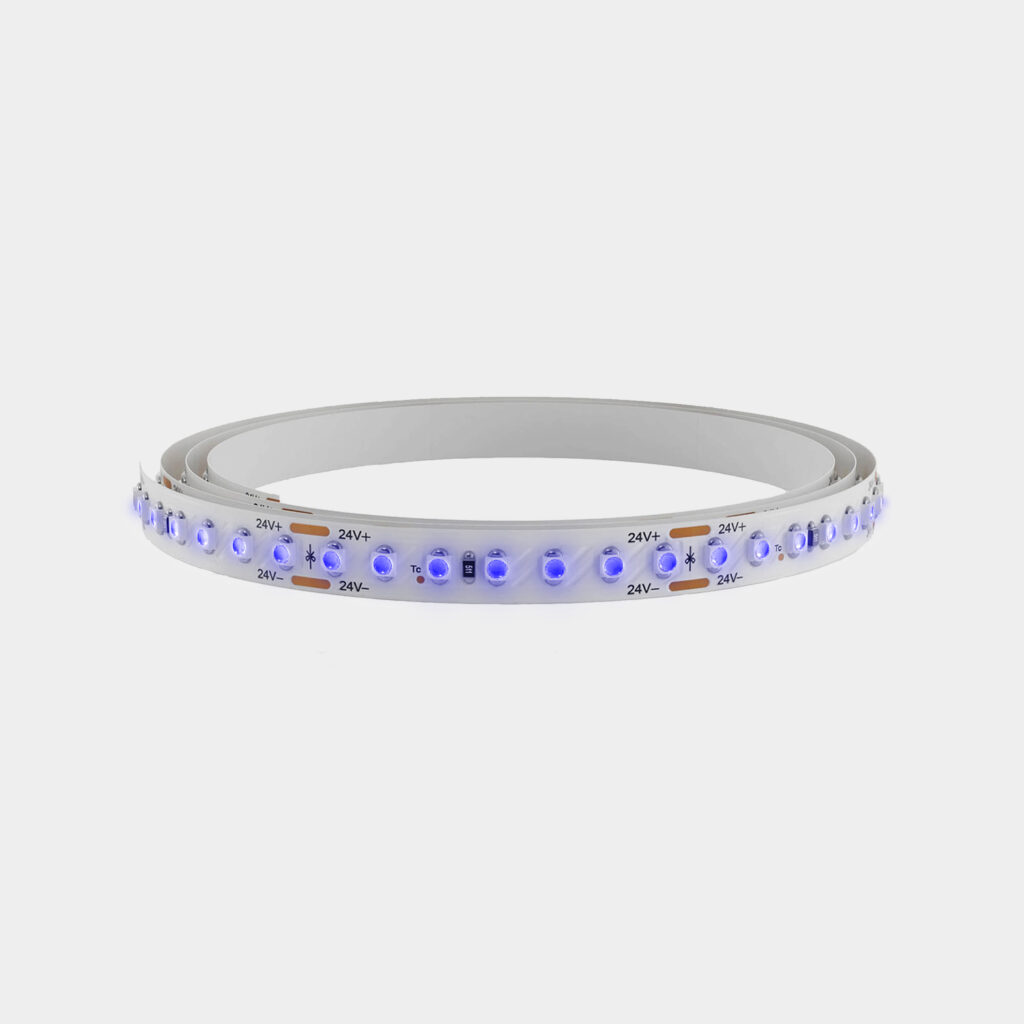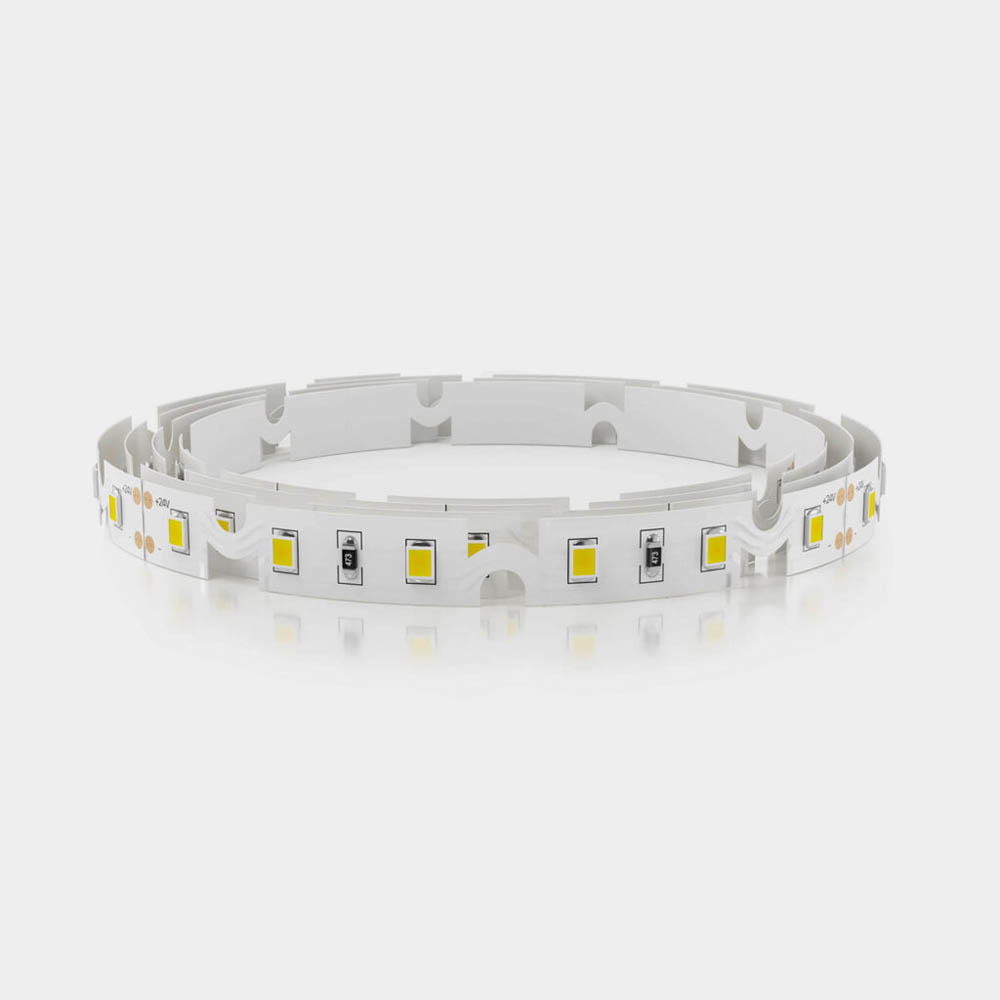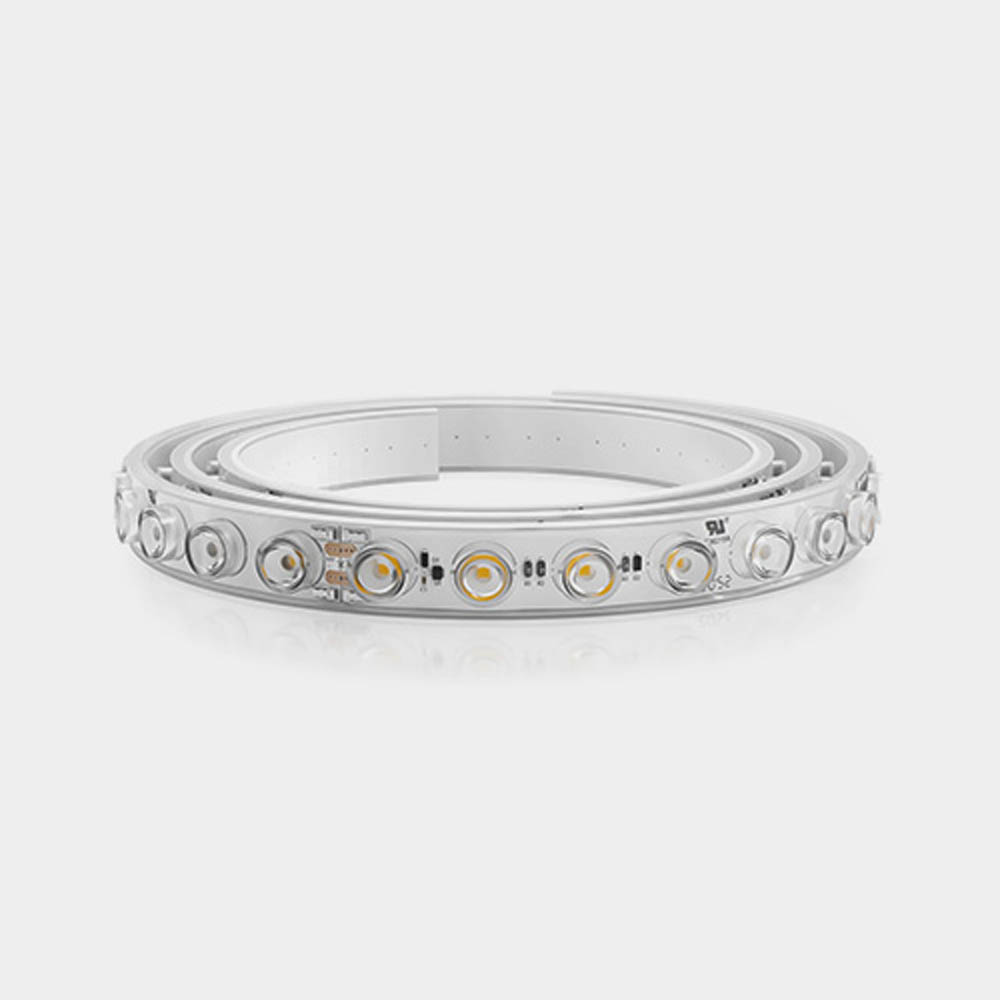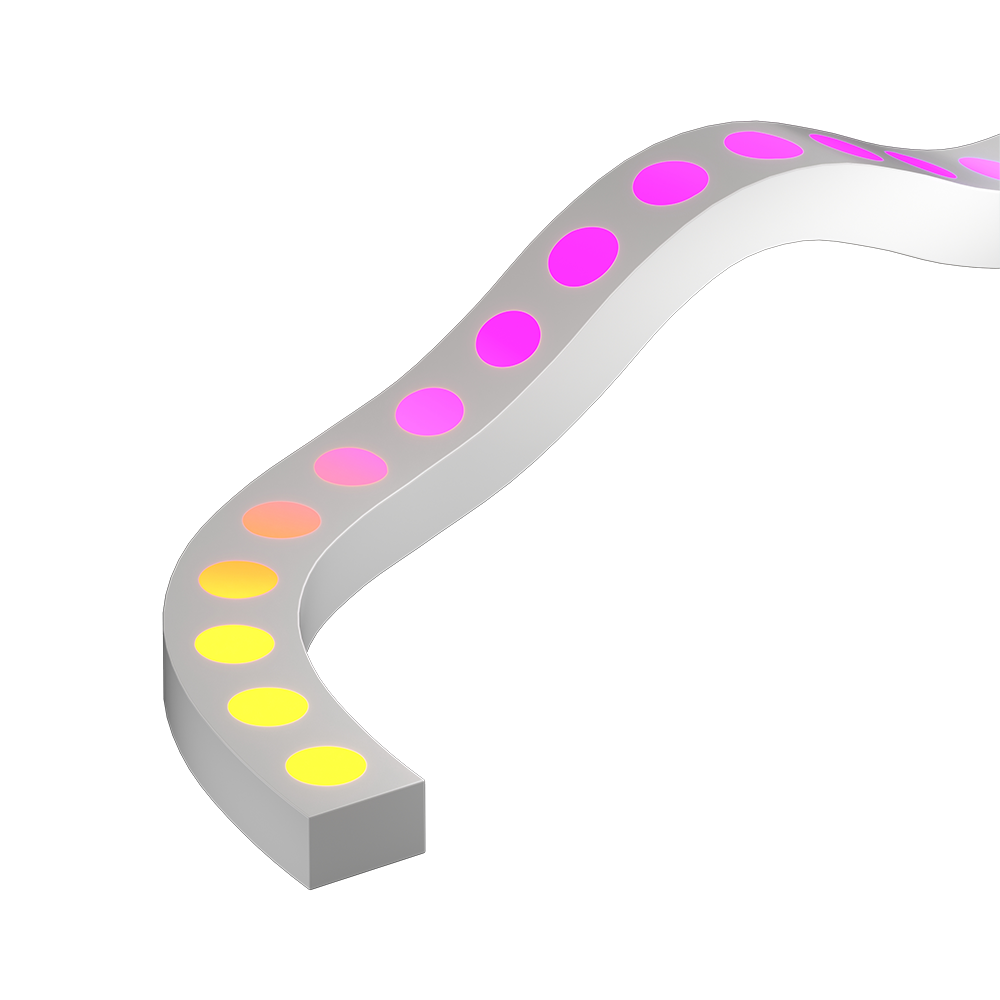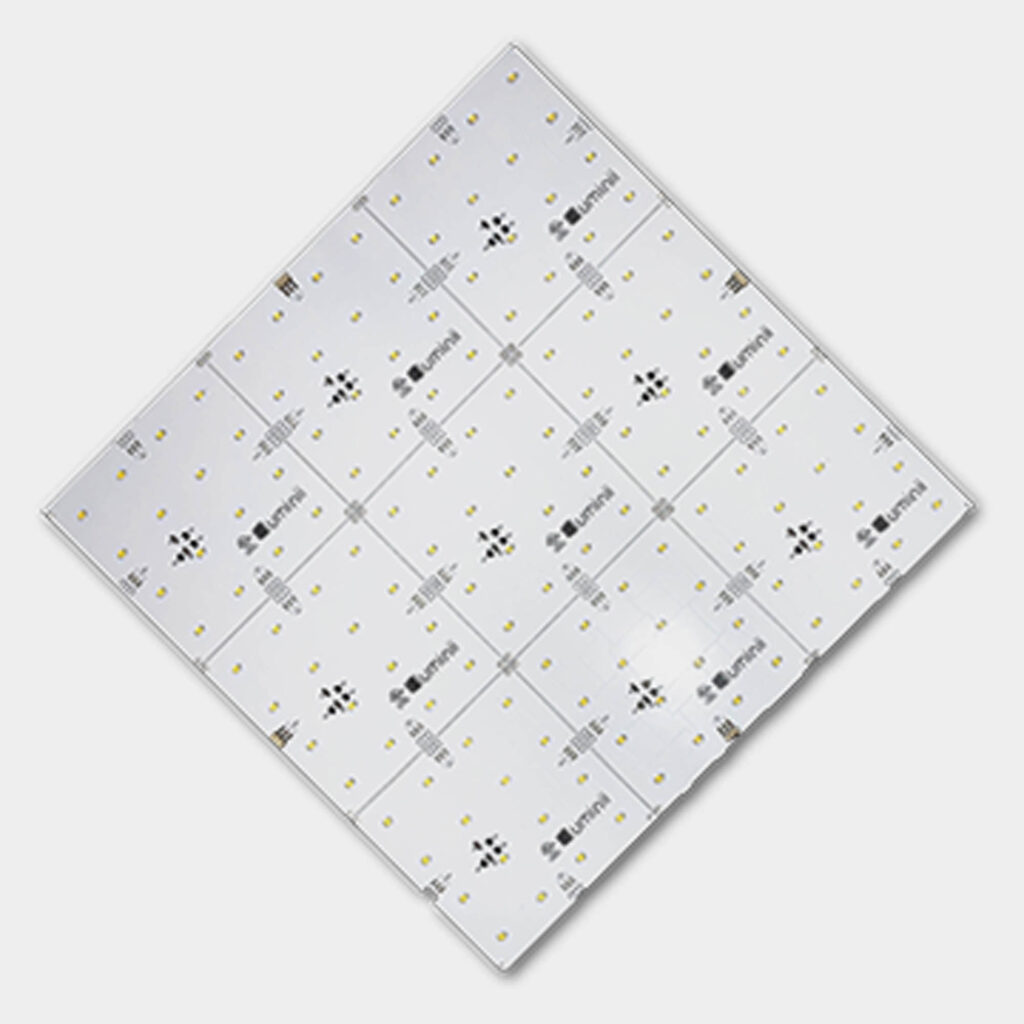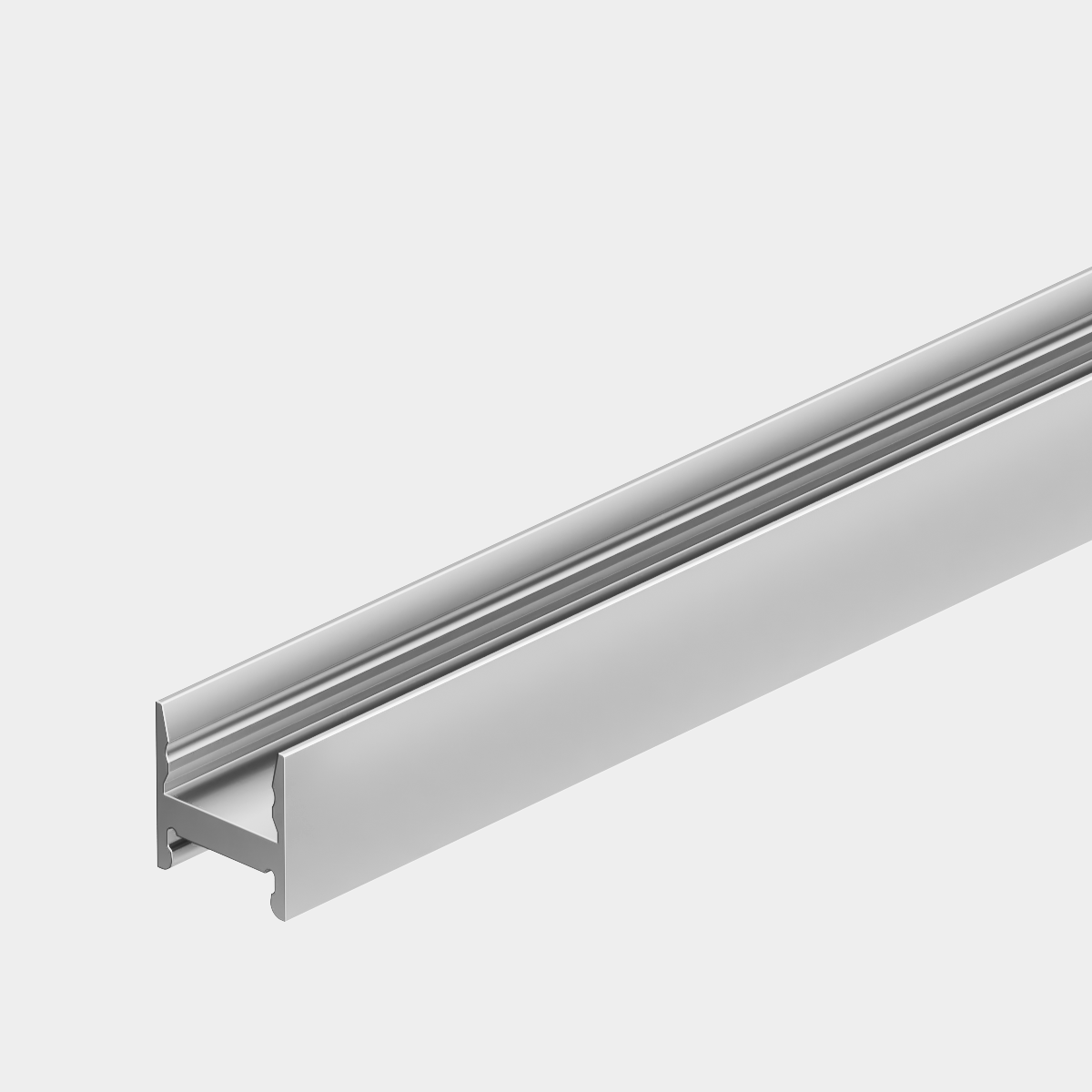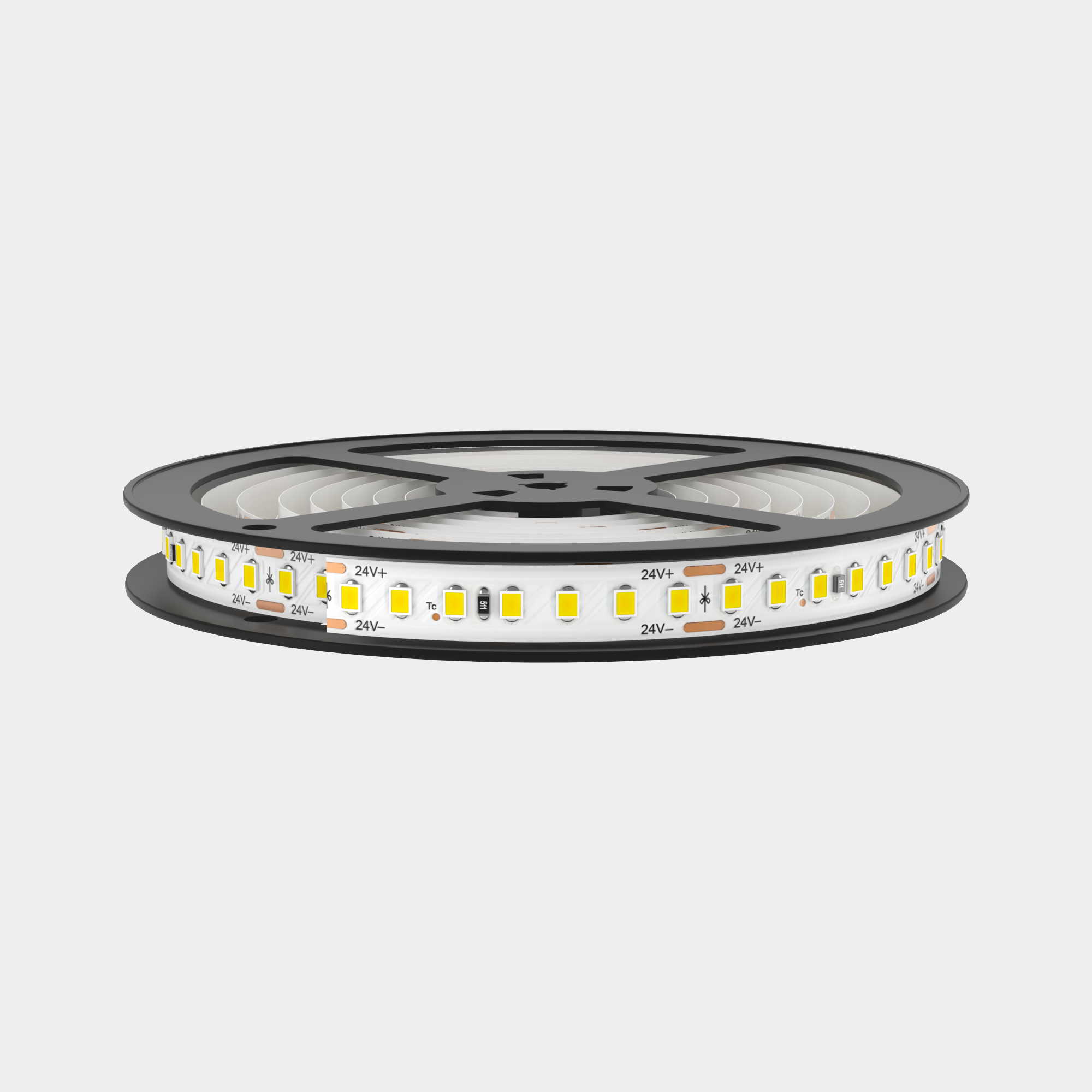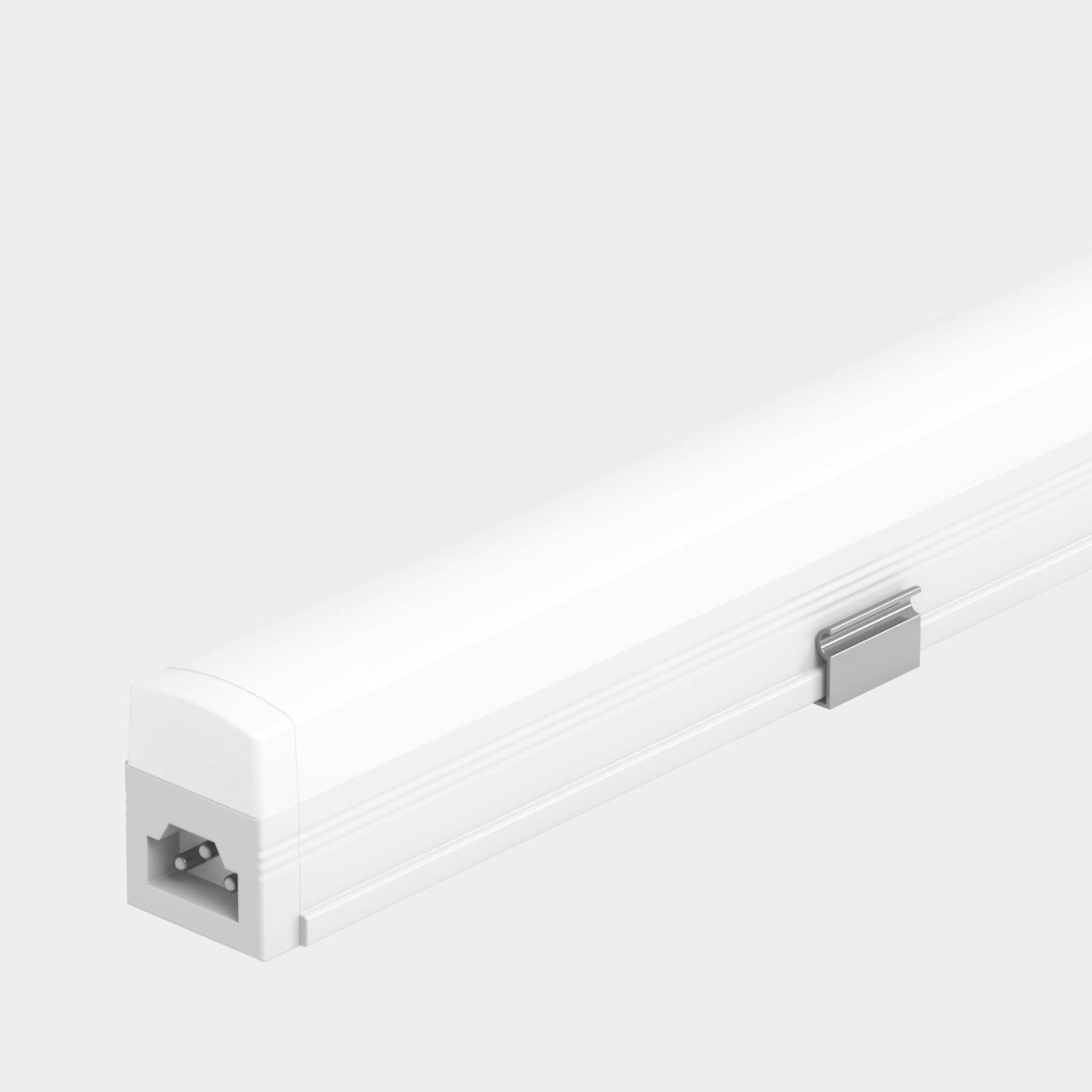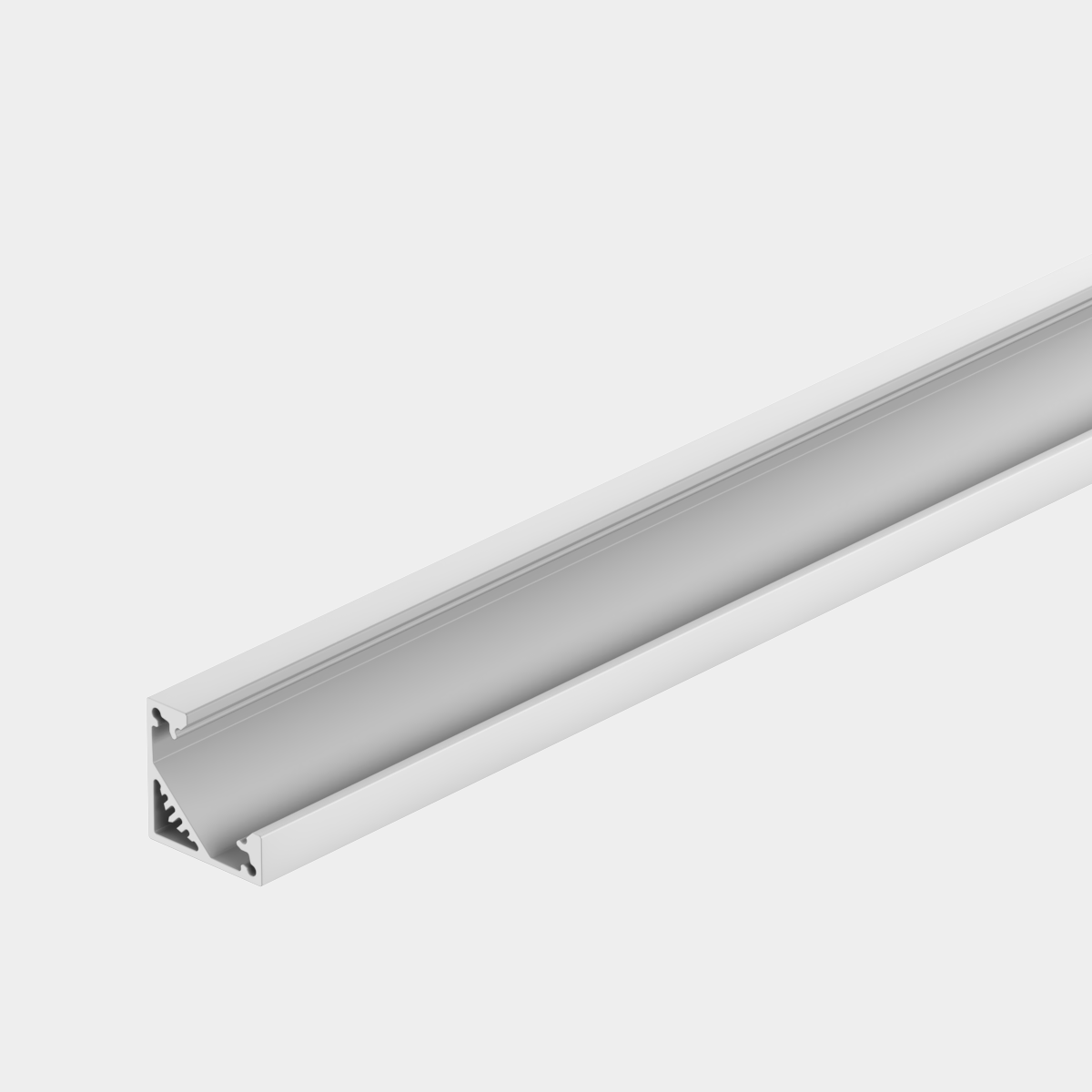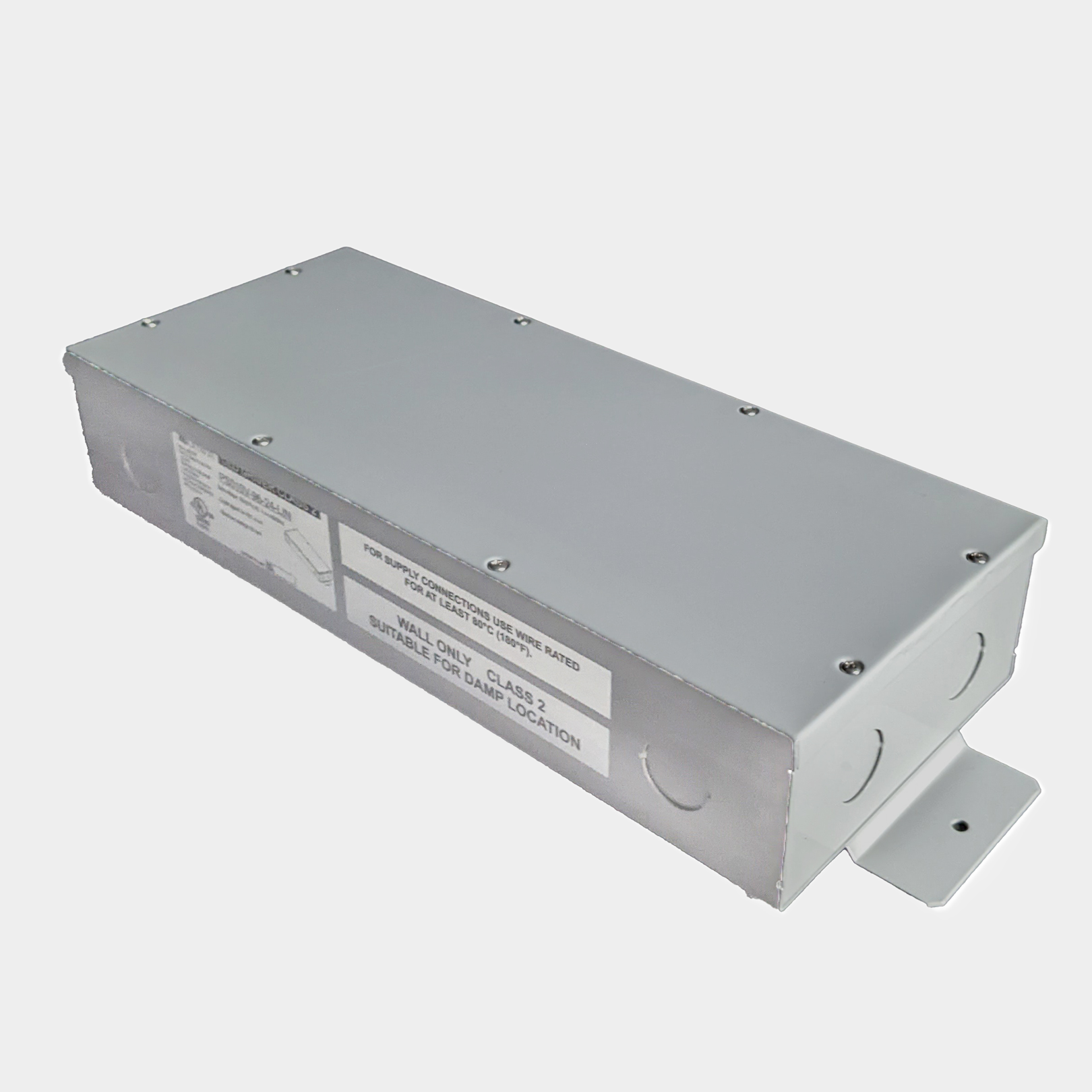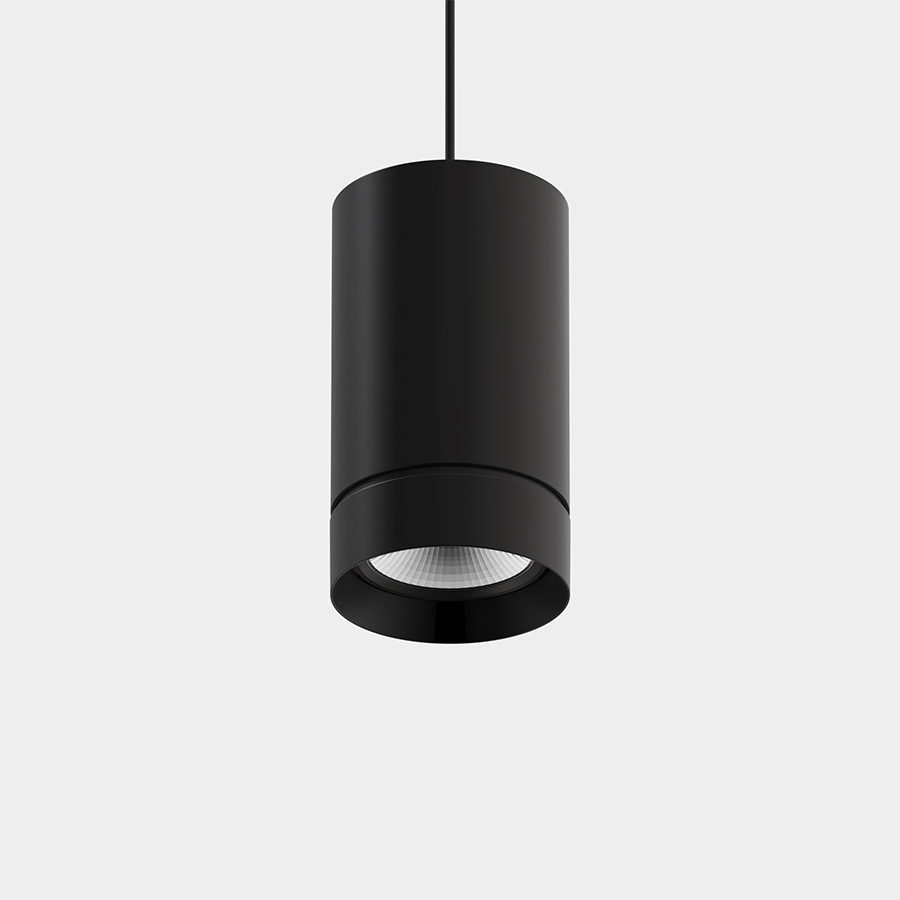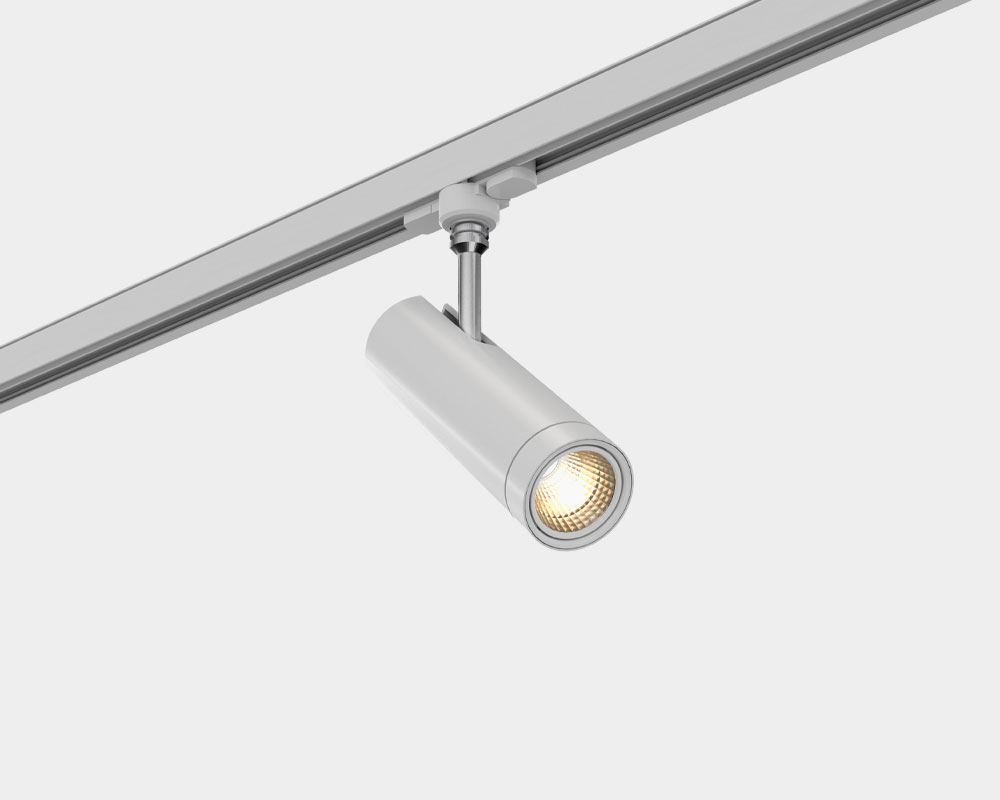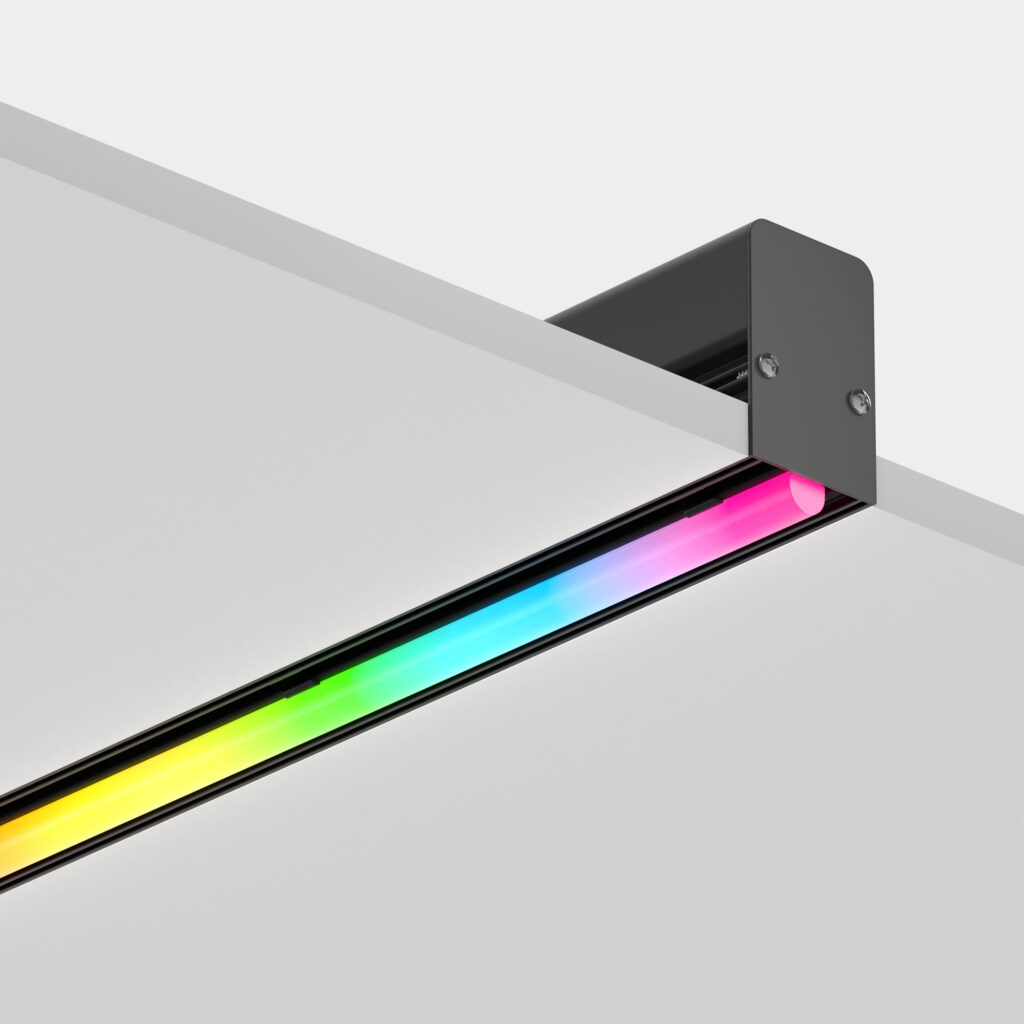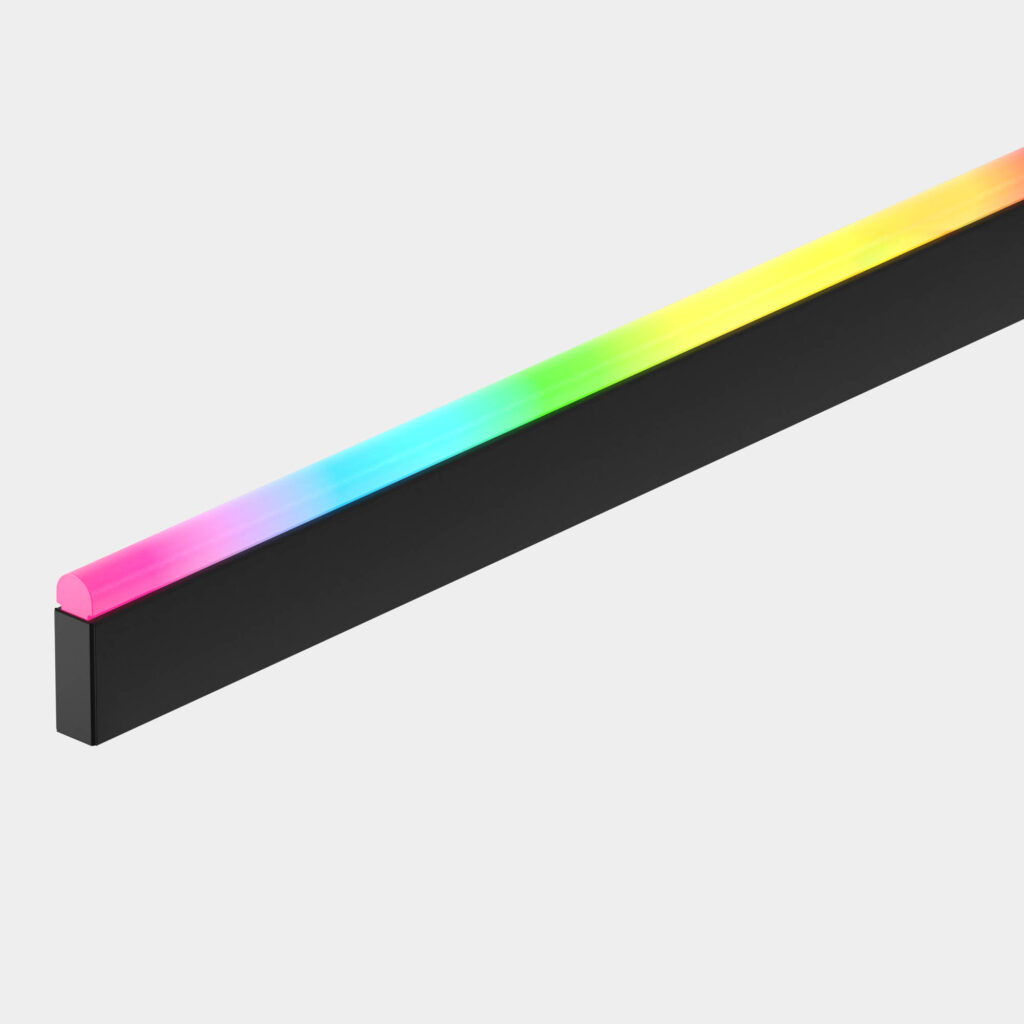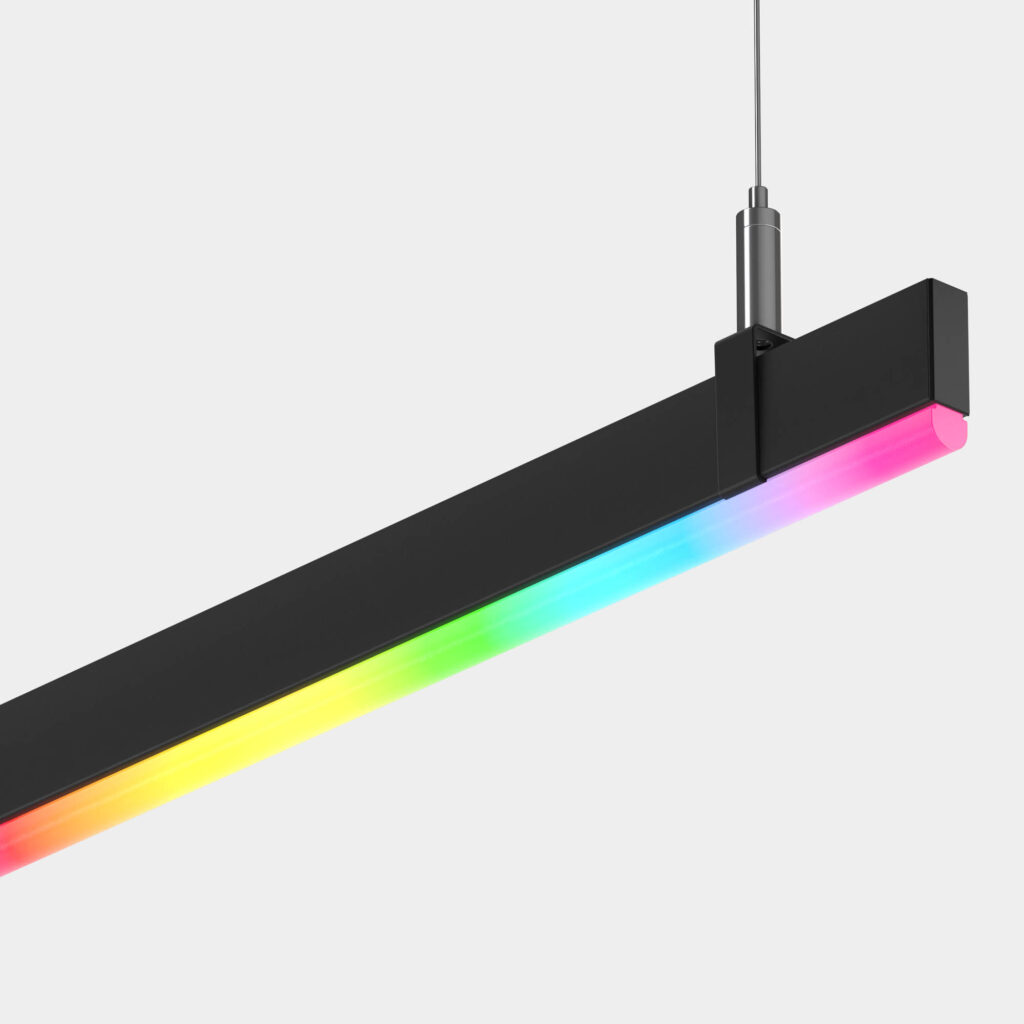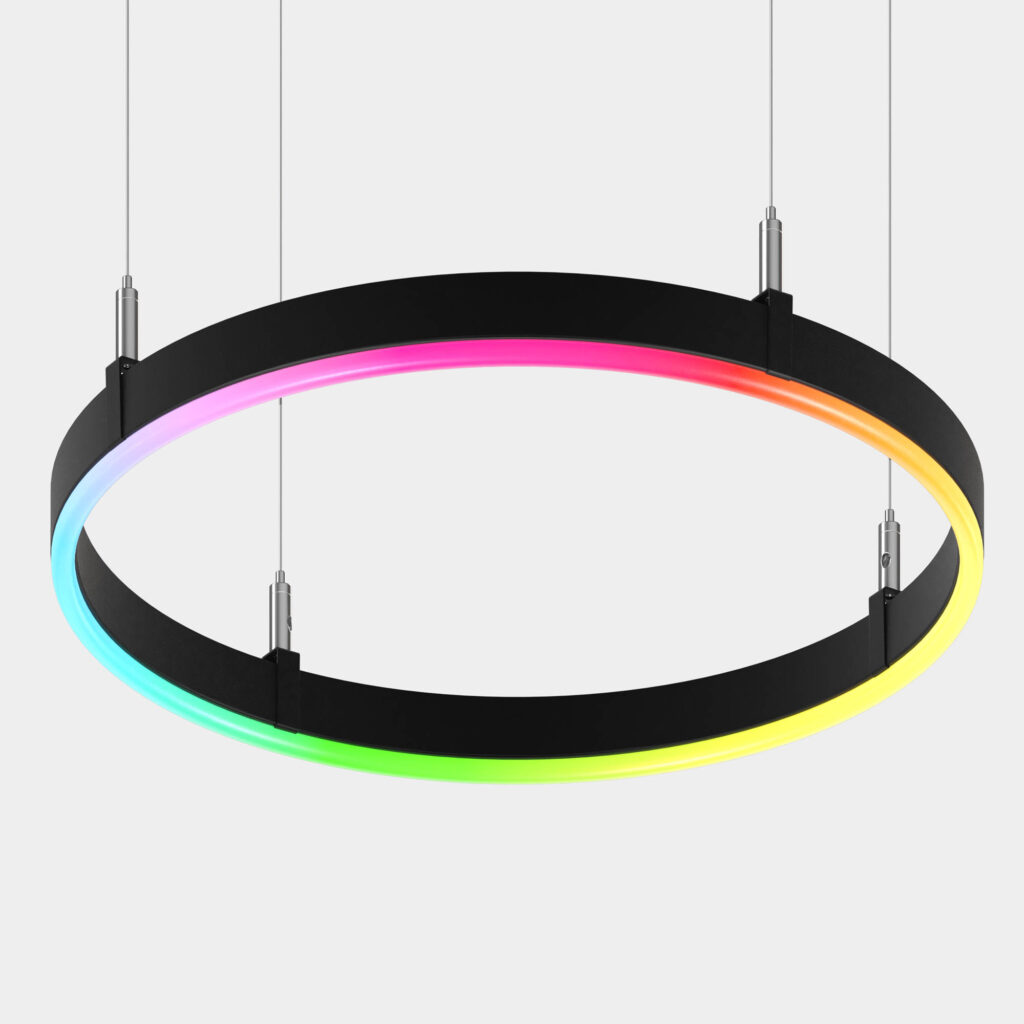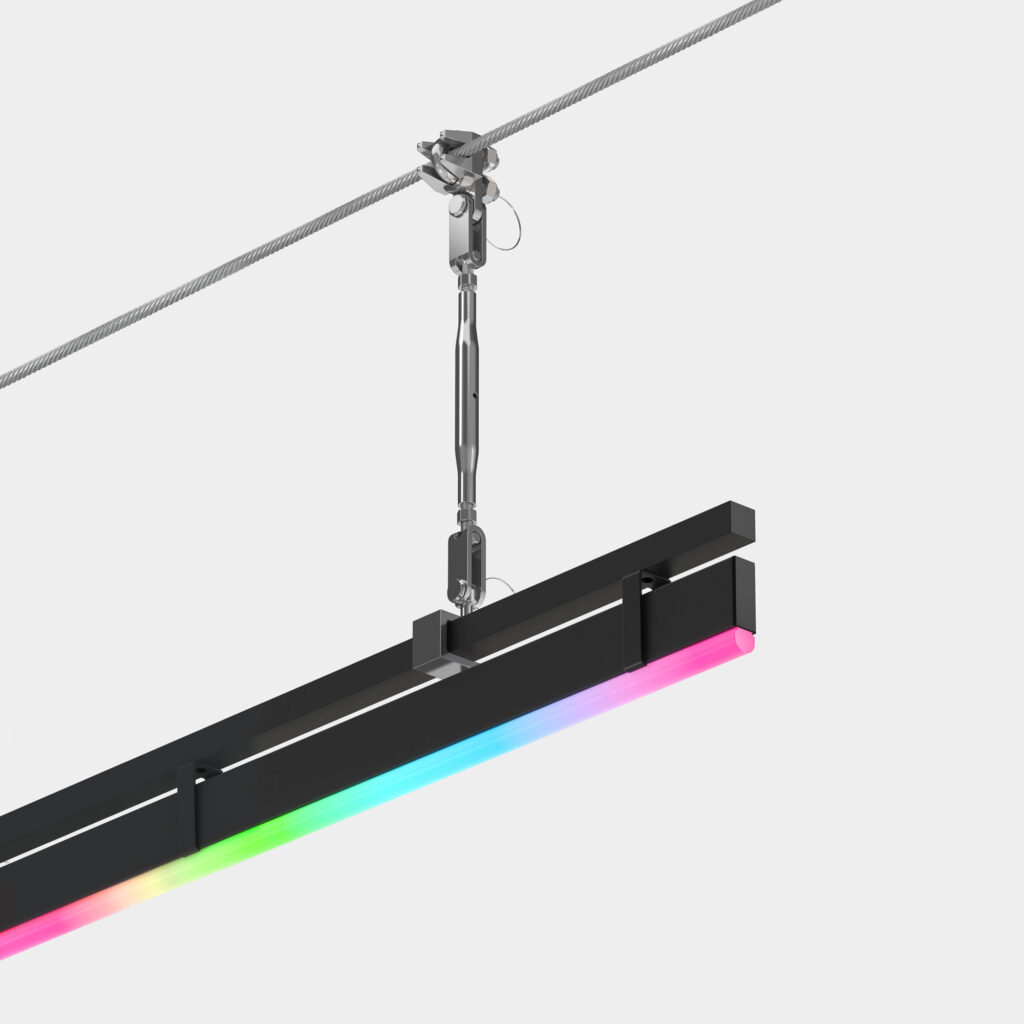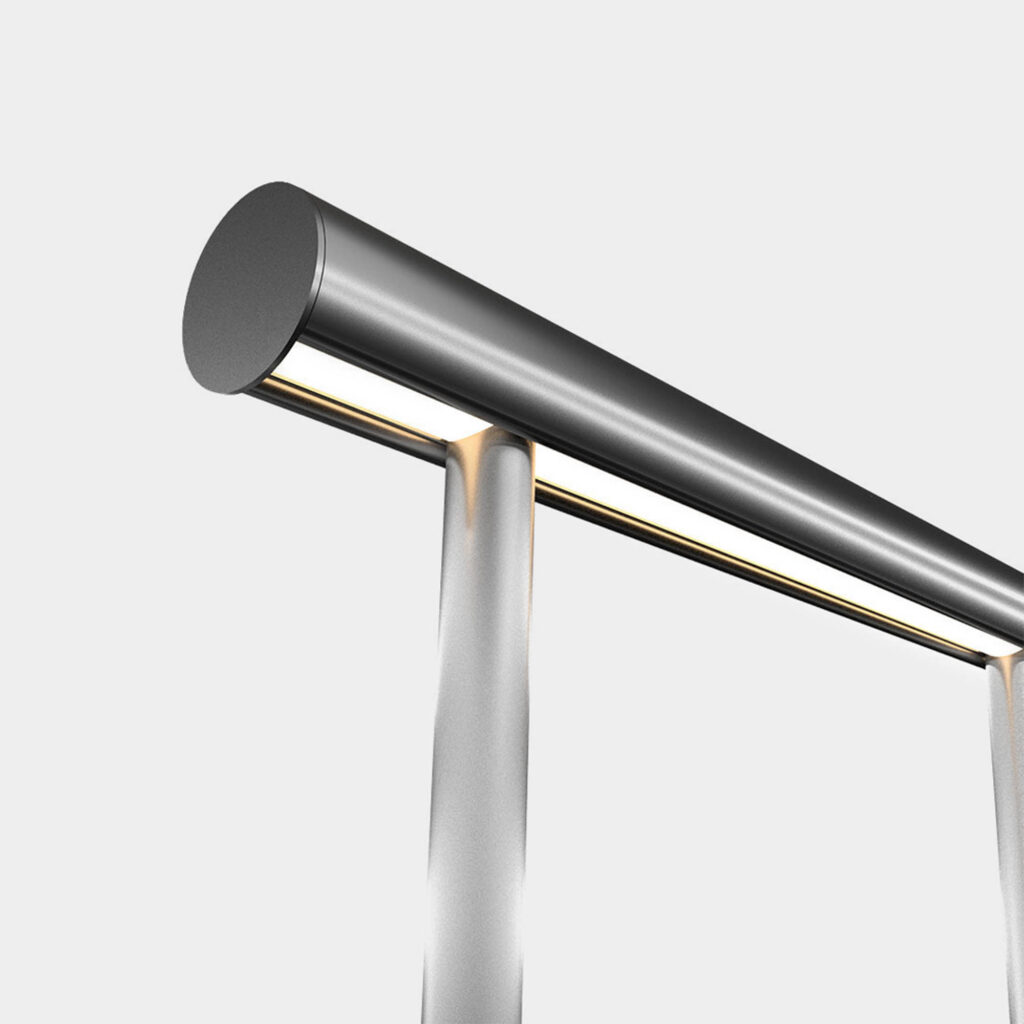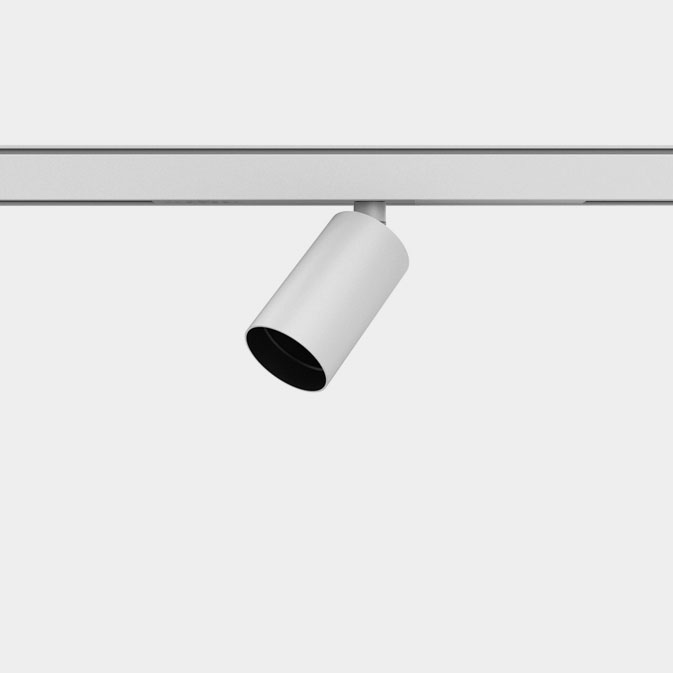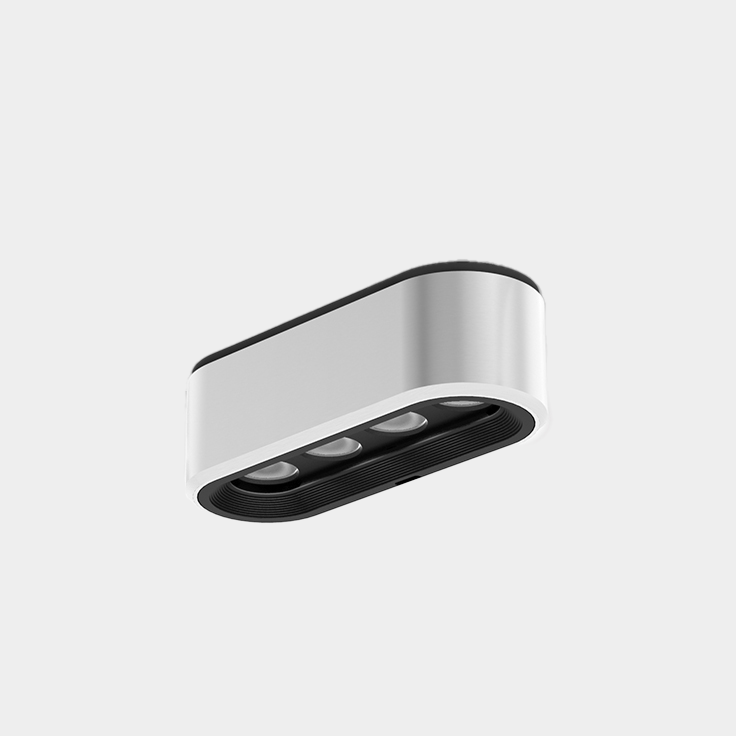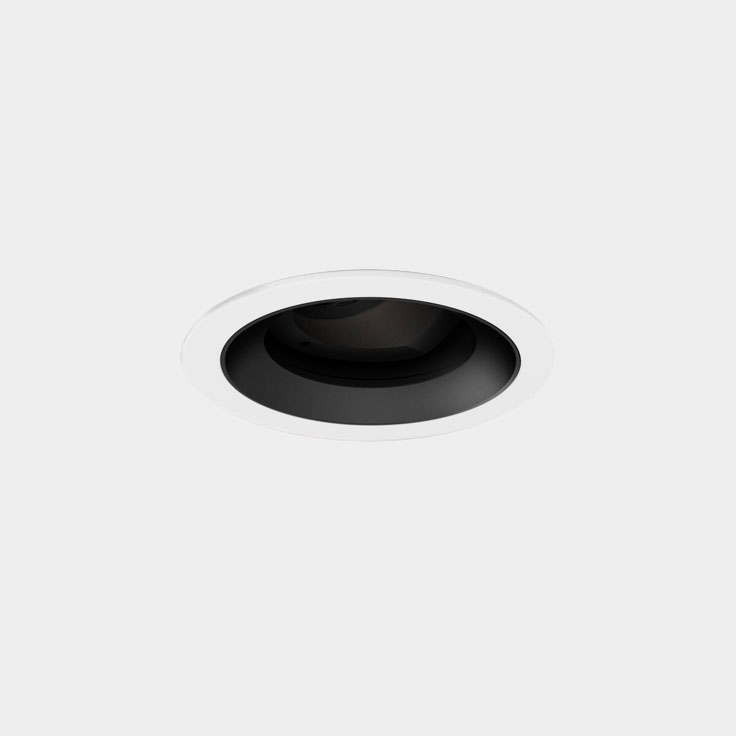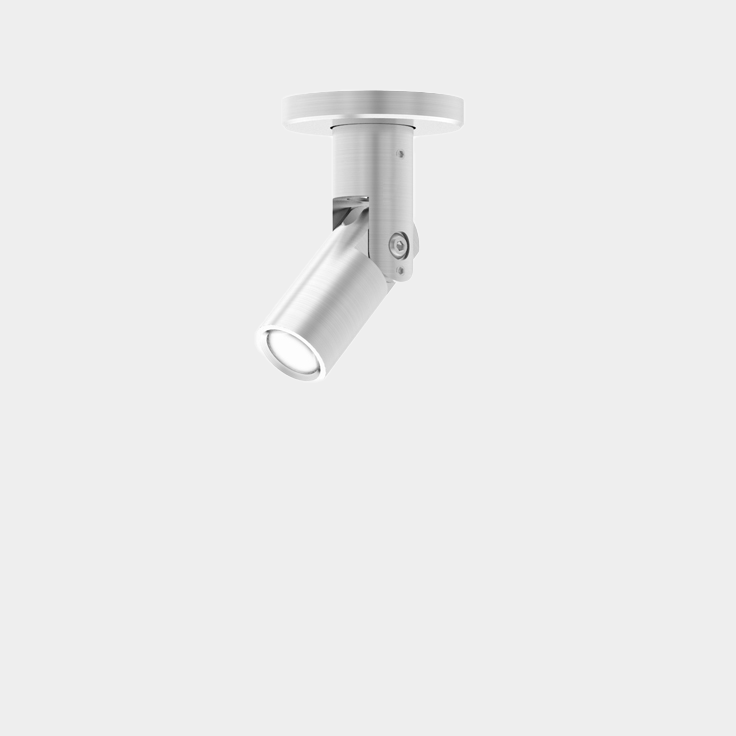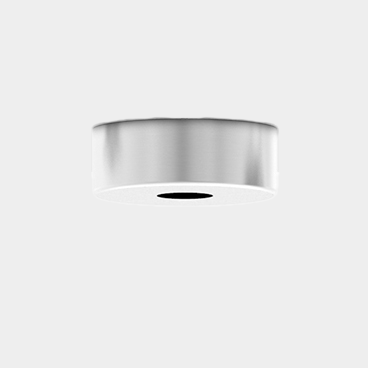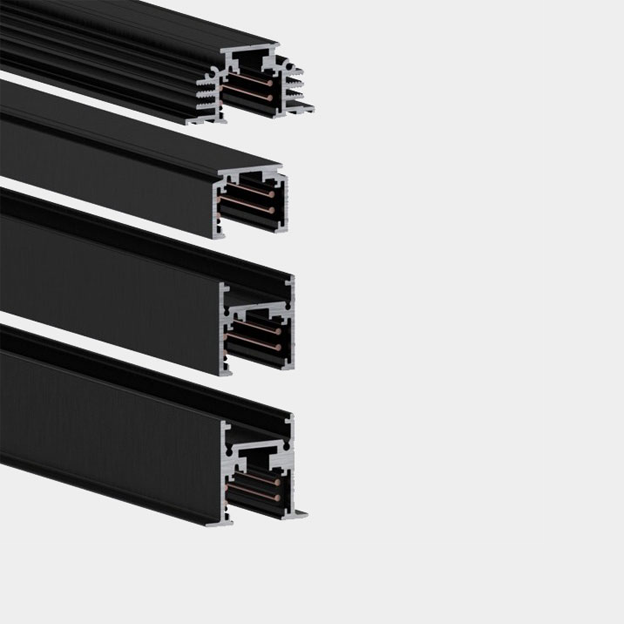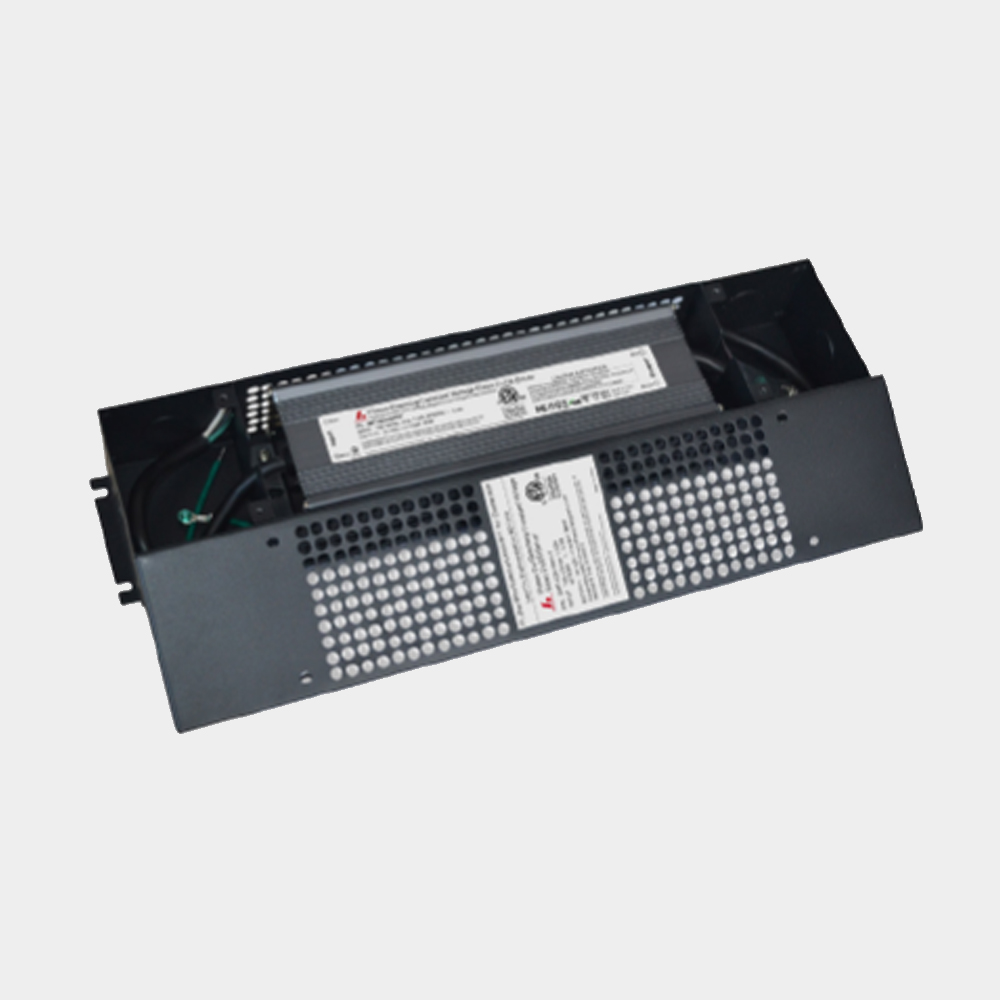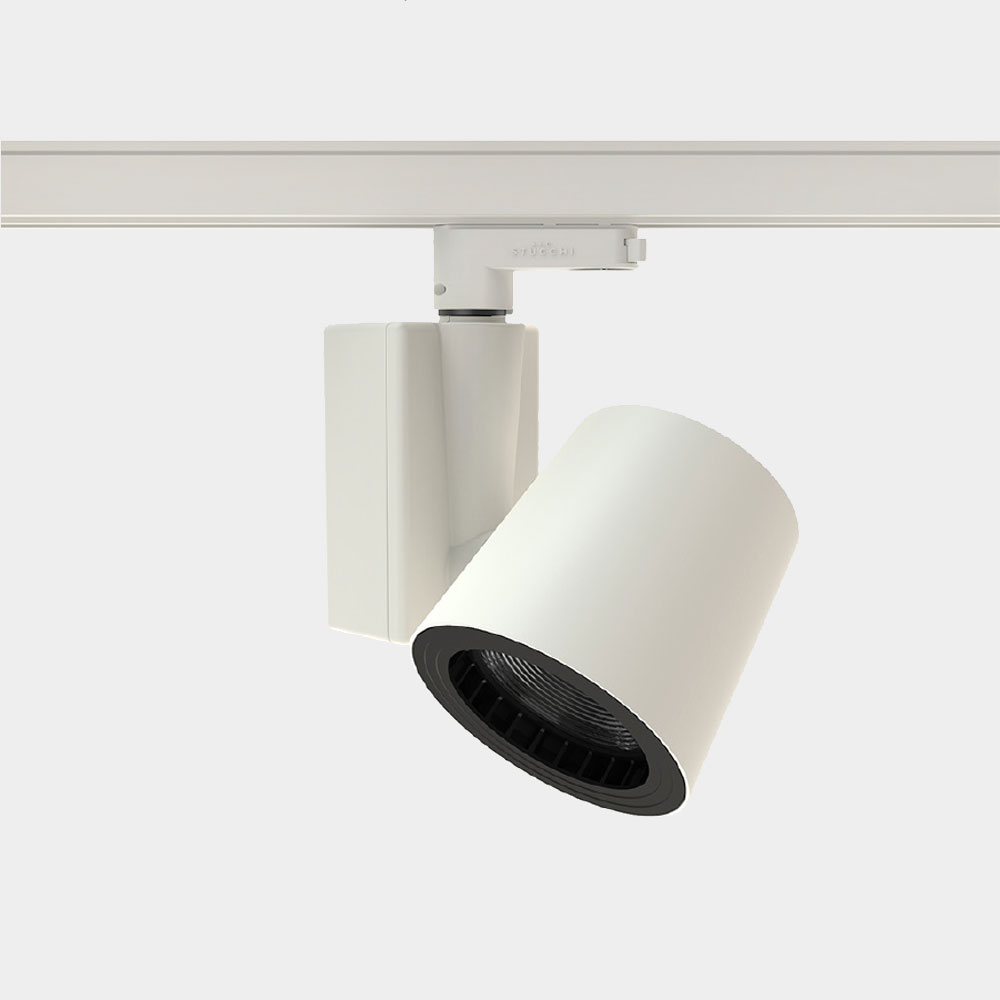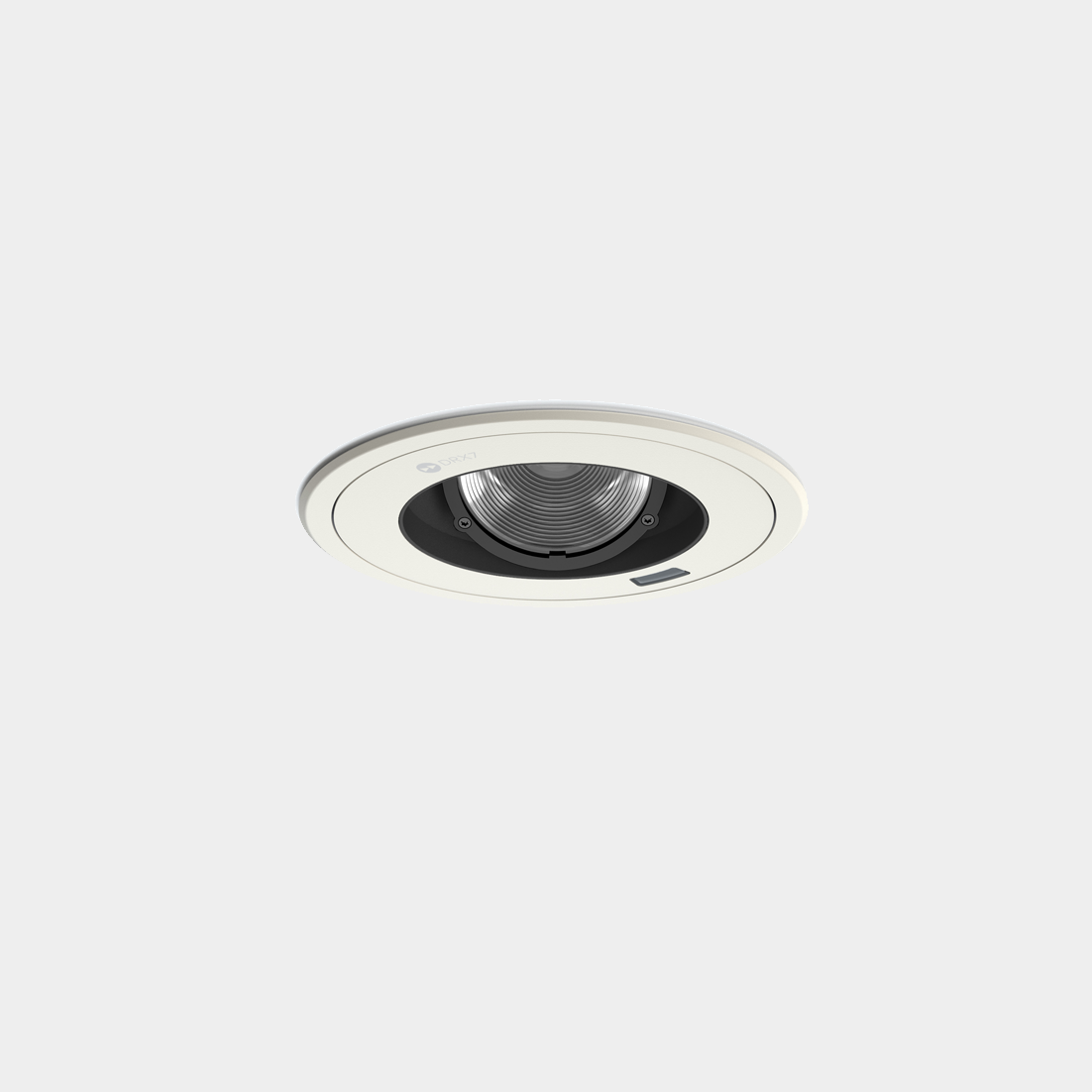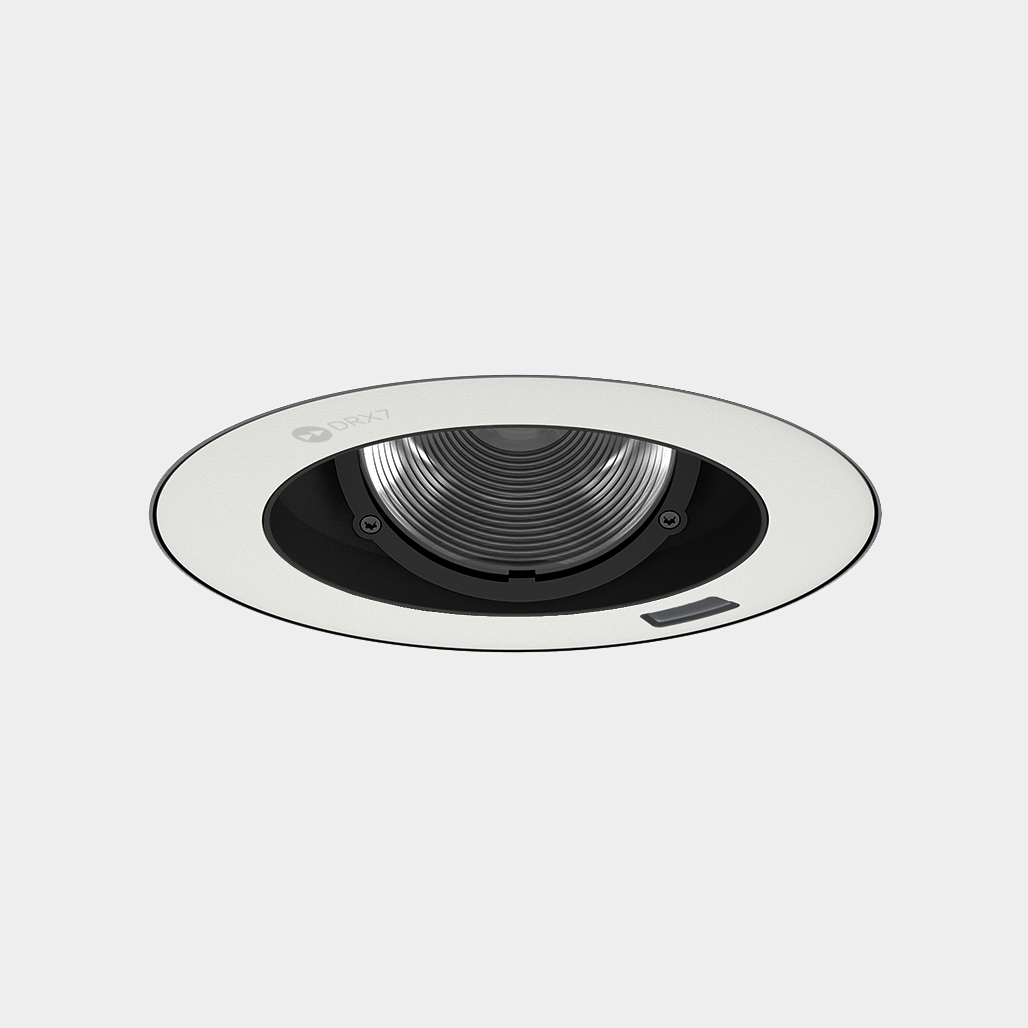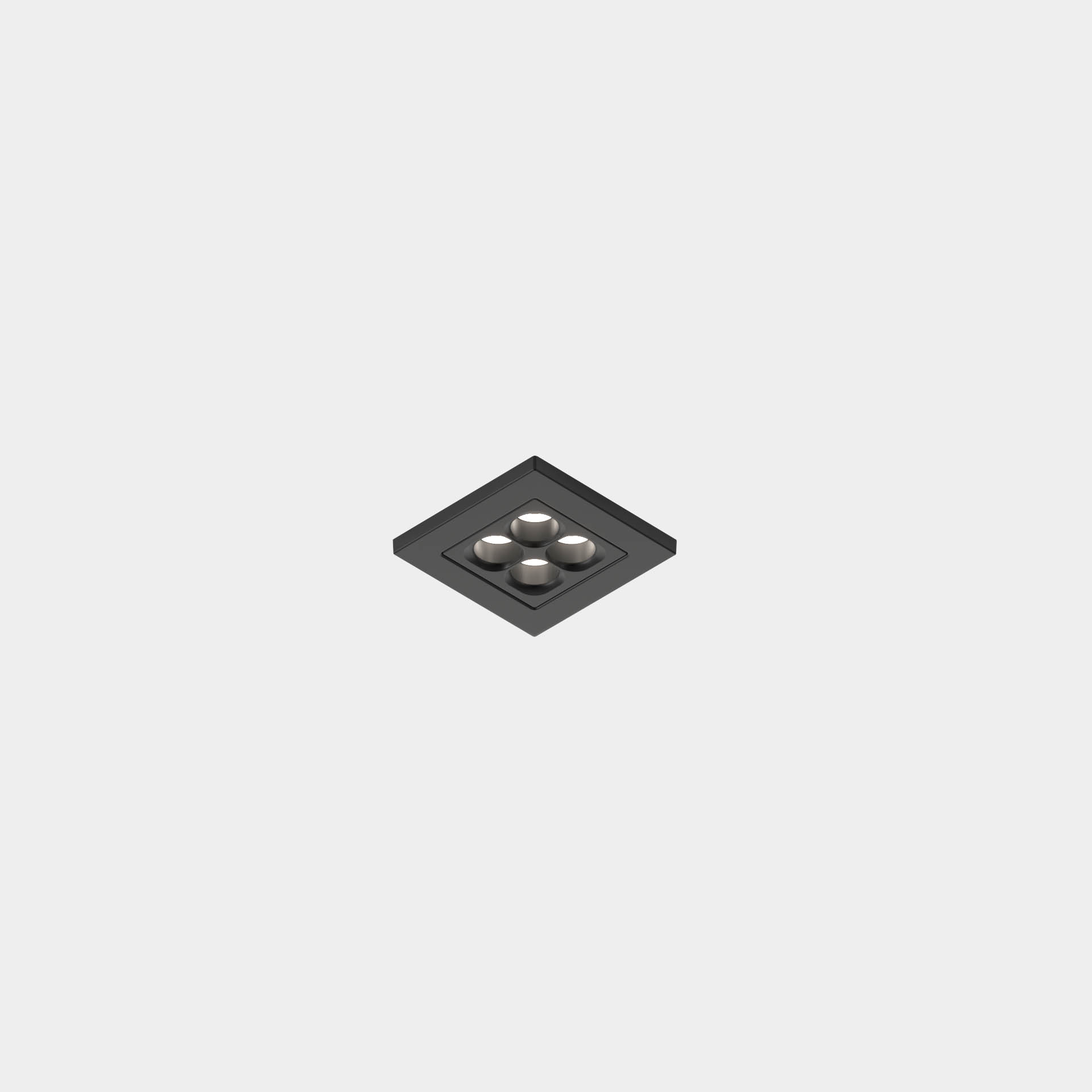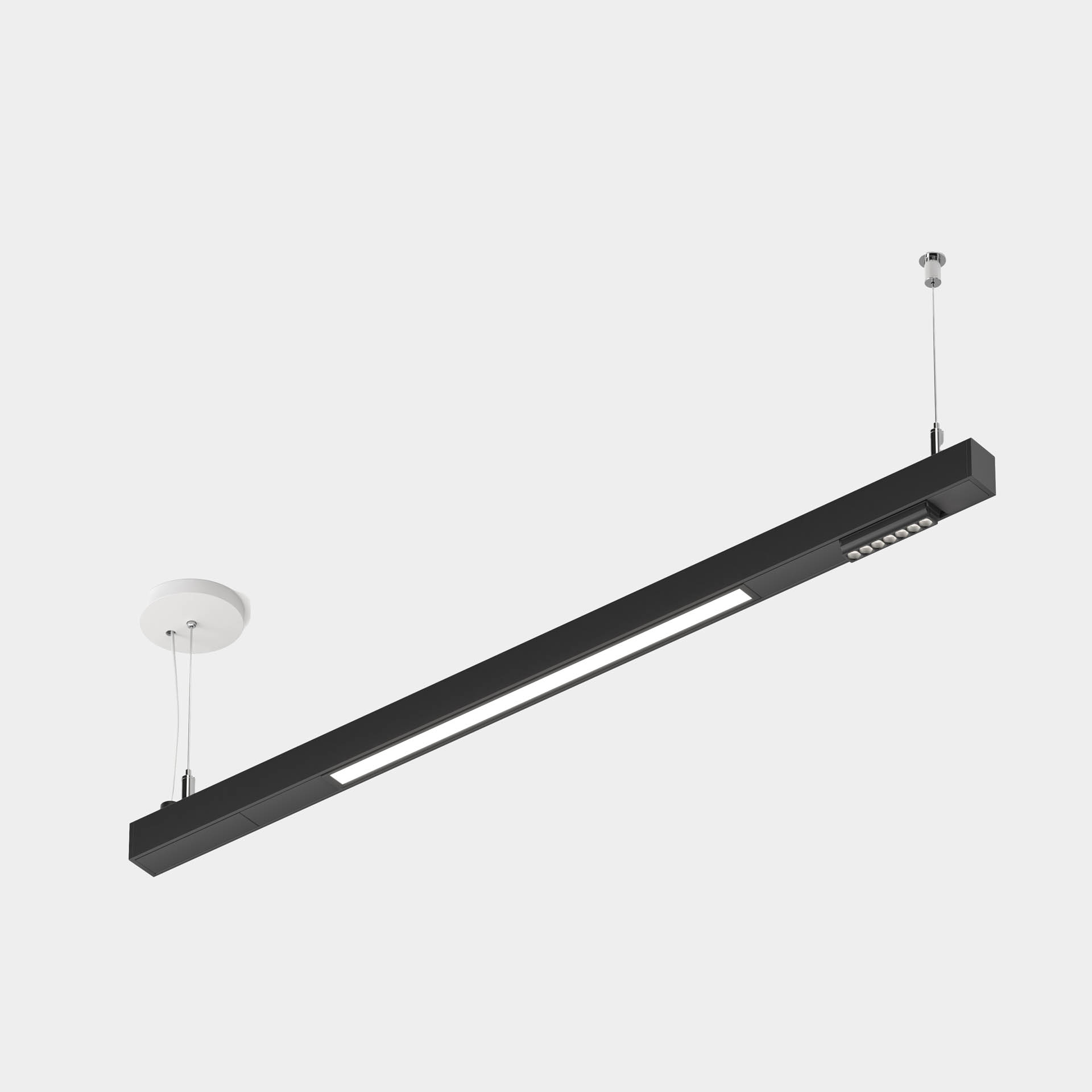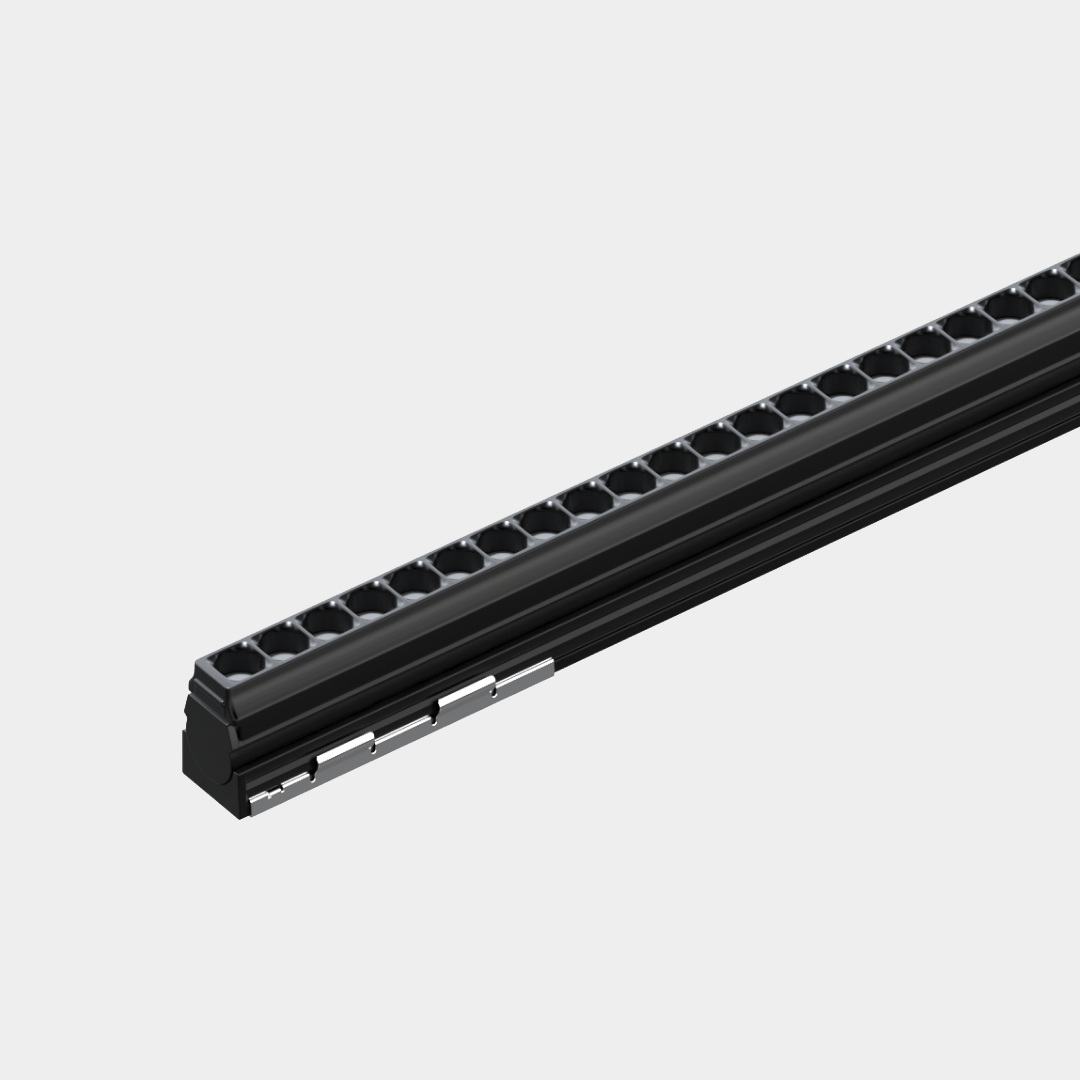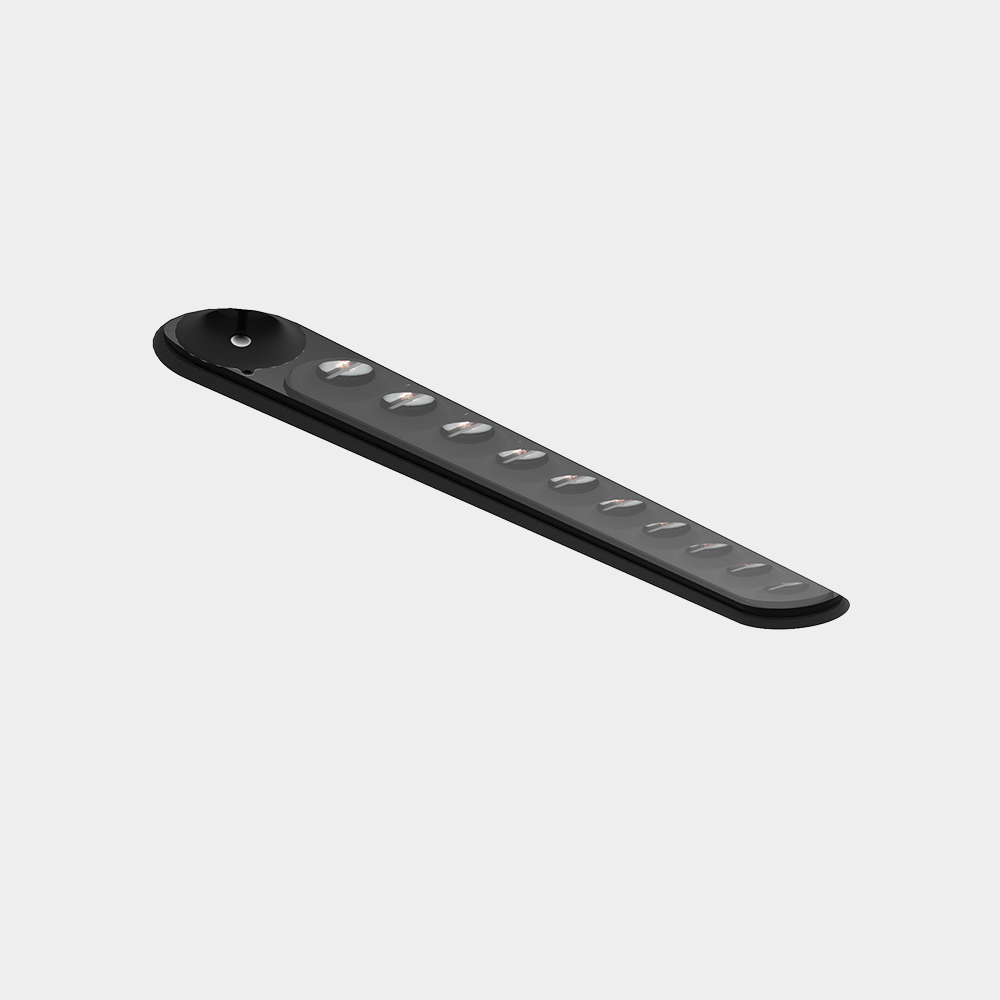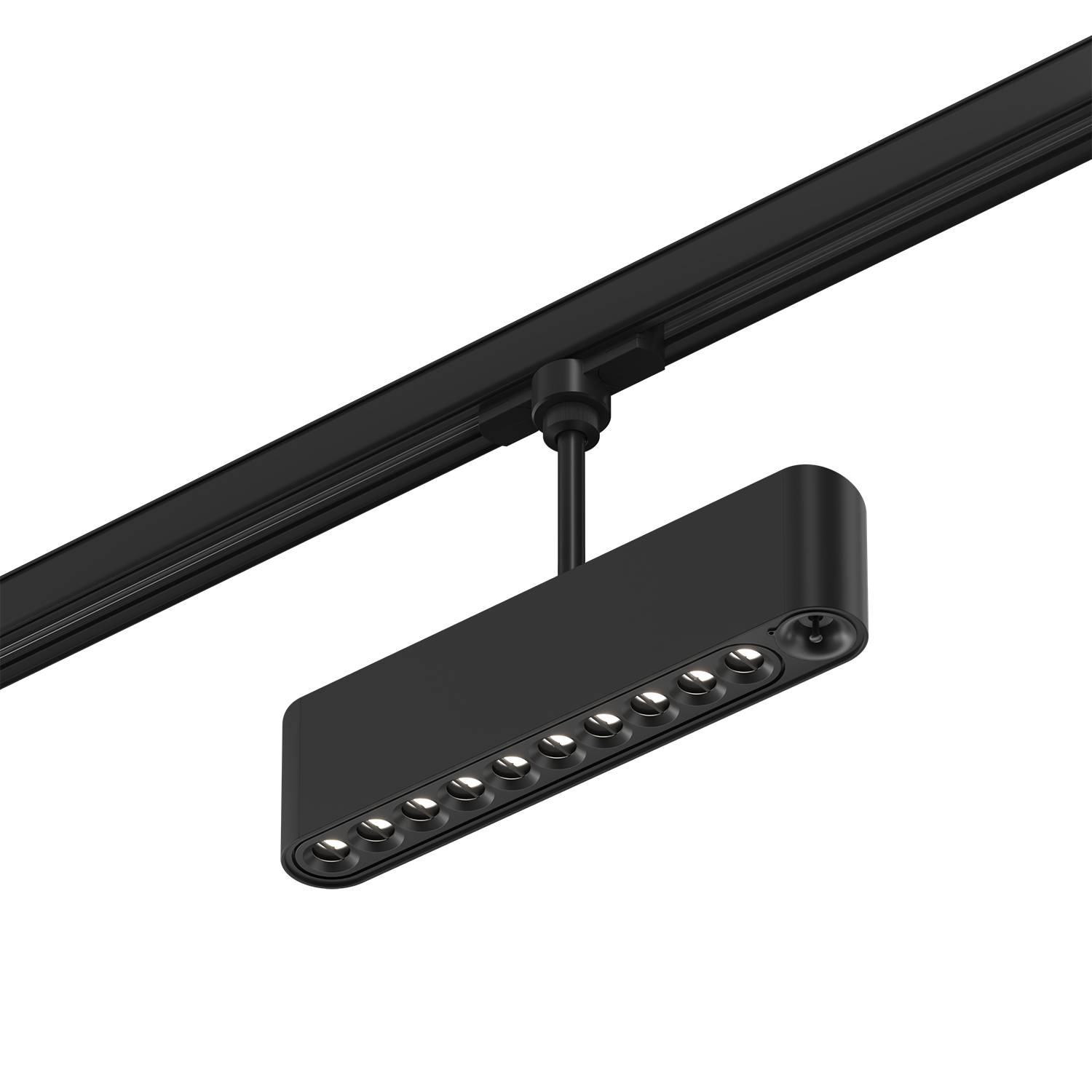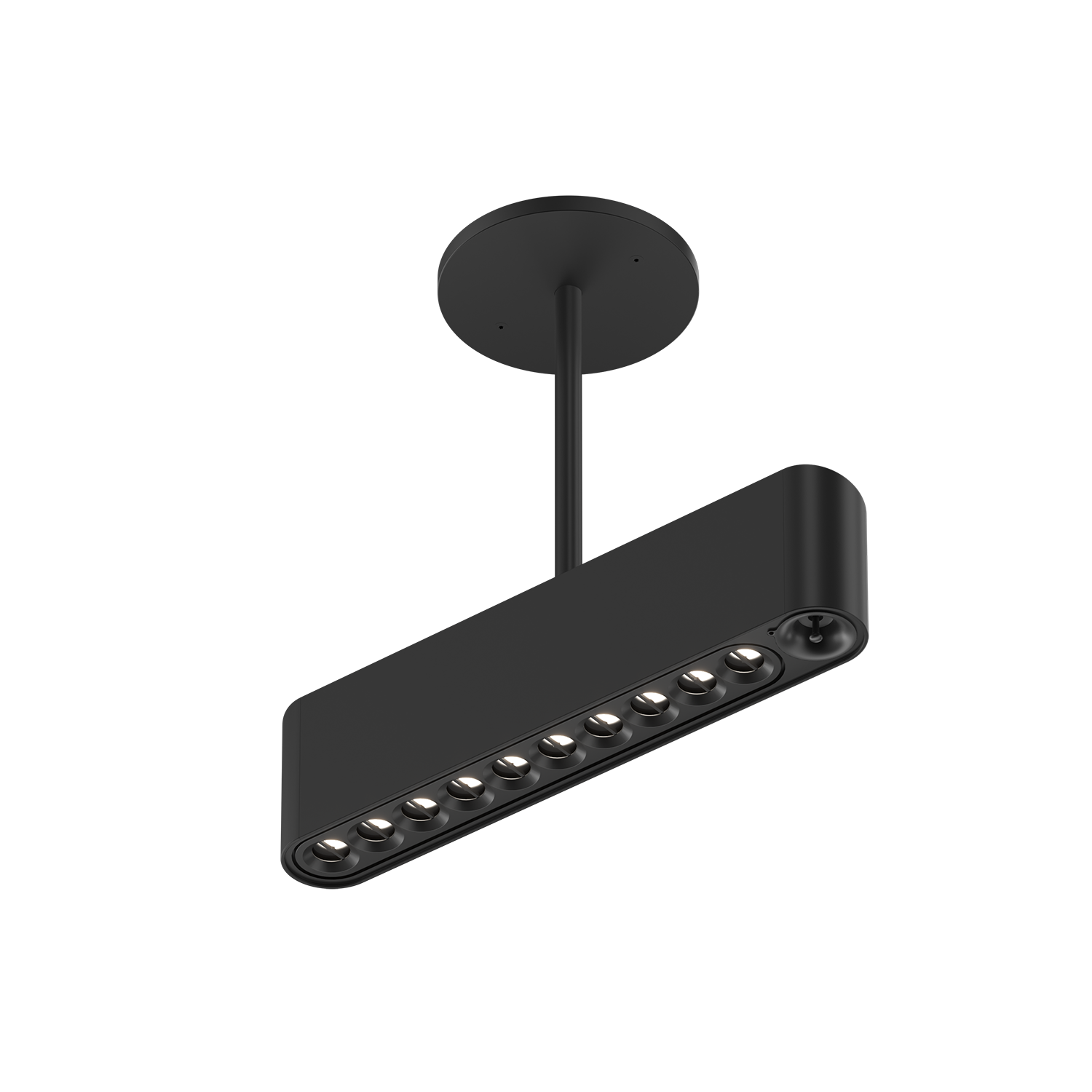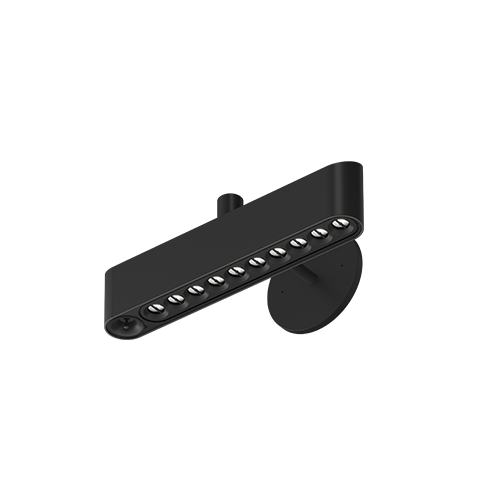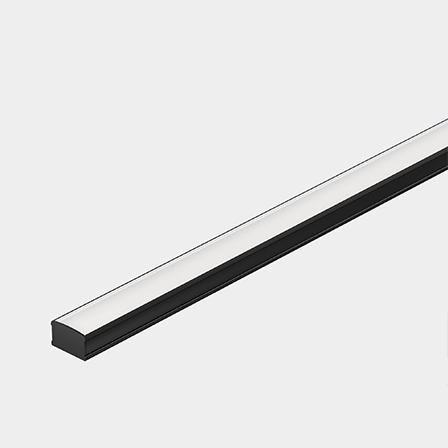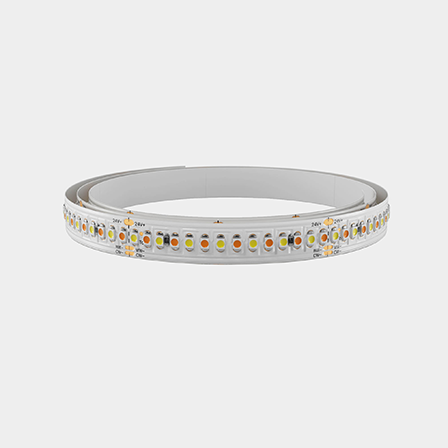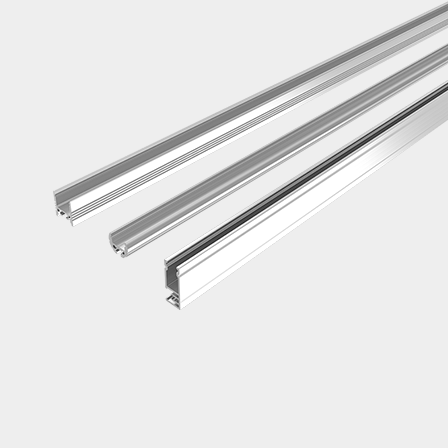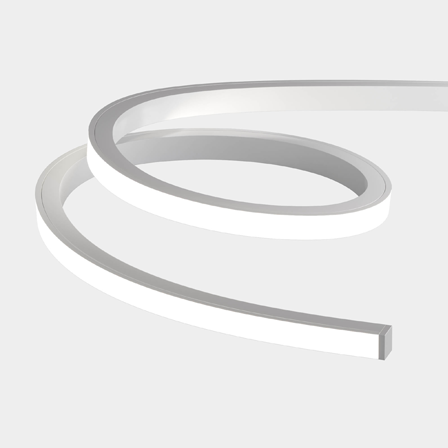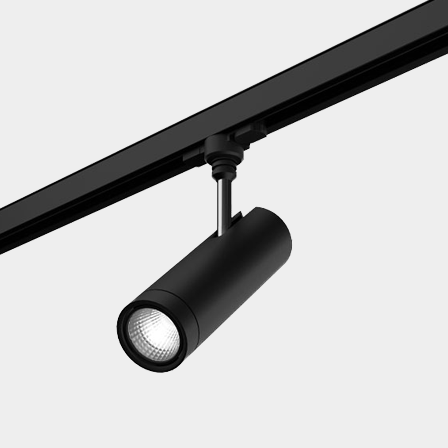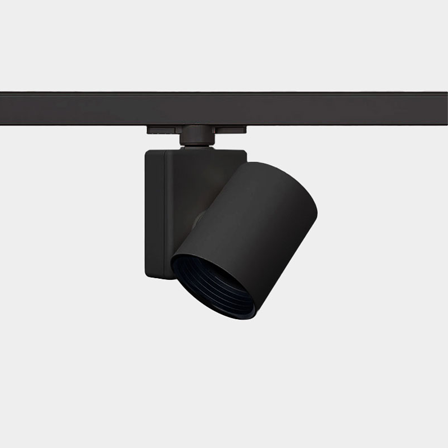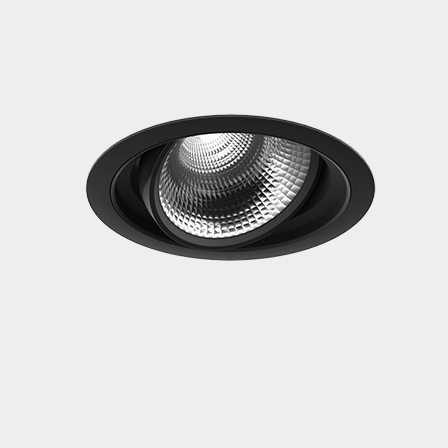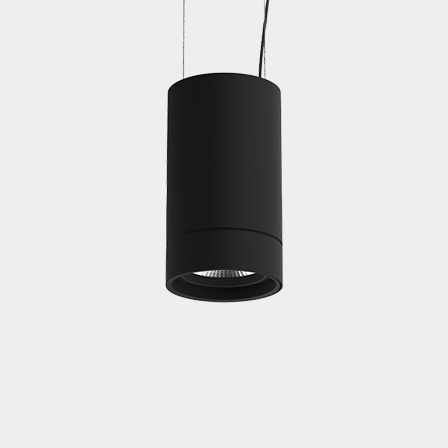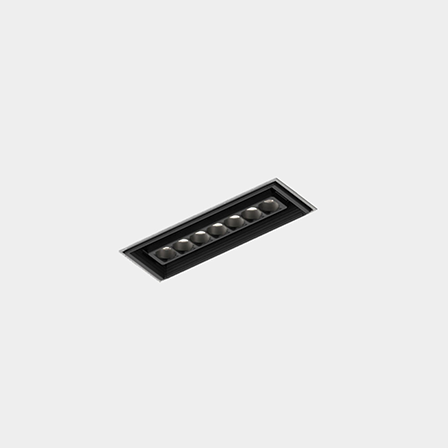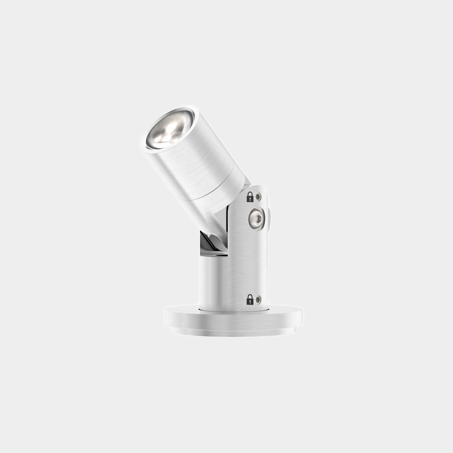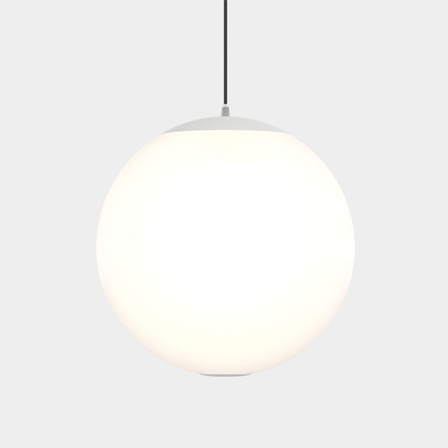Crafting Atmosphere: Inside Hamilton’s with Focus Lighting’s JP Lira and Erin Ryan
Welcome to the Luminii Live Light Blog, where we delve into the fascinating world of lighting design. In this installment, we’re excited to bring you a behind-the-scenes look at the innovative lighting design of Hamilton’s, a renowned restaurant nestled in the heart of Detroit’s historic Corktown district. Join us as we chat with Juan Pablo Lira (JP) and Erin Ryan from Focus Lighting, the masterminds behind the mesmerizing ambiance of Hamilton’s.
JP and Erin, can you share a little bit of your background with us?
Erin Ryan: I joined Focus Lighting in 2015, having completed my undergraduate degree at Dickinson College and earning my graduate degree from the Lighting Research Center at Rensselaer Polytechnic Institute. Before Focus, I worked as a theatrical electrician and lighting designer. Some of my recent projects at Focus include Mack Weldon, Water’s Soul, Chasing Rabbits, and Summerhouse at Durango Resort.
JP Lira: I joined Focus Lighting in 2003 after working in Chile as an architect and lighting designer, and I have worked on a range of projects including Andaz Wailea in Hawaii, the National Holocaust Monument in Ottawa Canada, Lumen at PS1 by Jenny Sabin, Crown Club at the Barclays Center, and Avra in New York and Beverly Hills.
Before we dive into the lighting design of this project, can you share some details about the Hamilton space for those that might not be familiar with it?
Hamilton’s is a 3,700 square foot restaurant located in Corktown, an up-and-coming neighborhood with a rich history of music in Detroit, MI. The space is situated at the bottom of the Godfrey Hotel. It’s split into three sections: the bar, dining room, and a separate dining area with an exposed kitchen. With wrap-around windows and lofty 14-foot ceilings, Hamilton’s offers patrons a panoramic view of Michigan Avenue, infusing the dining experience with a sense of spaciousness and urban charm.
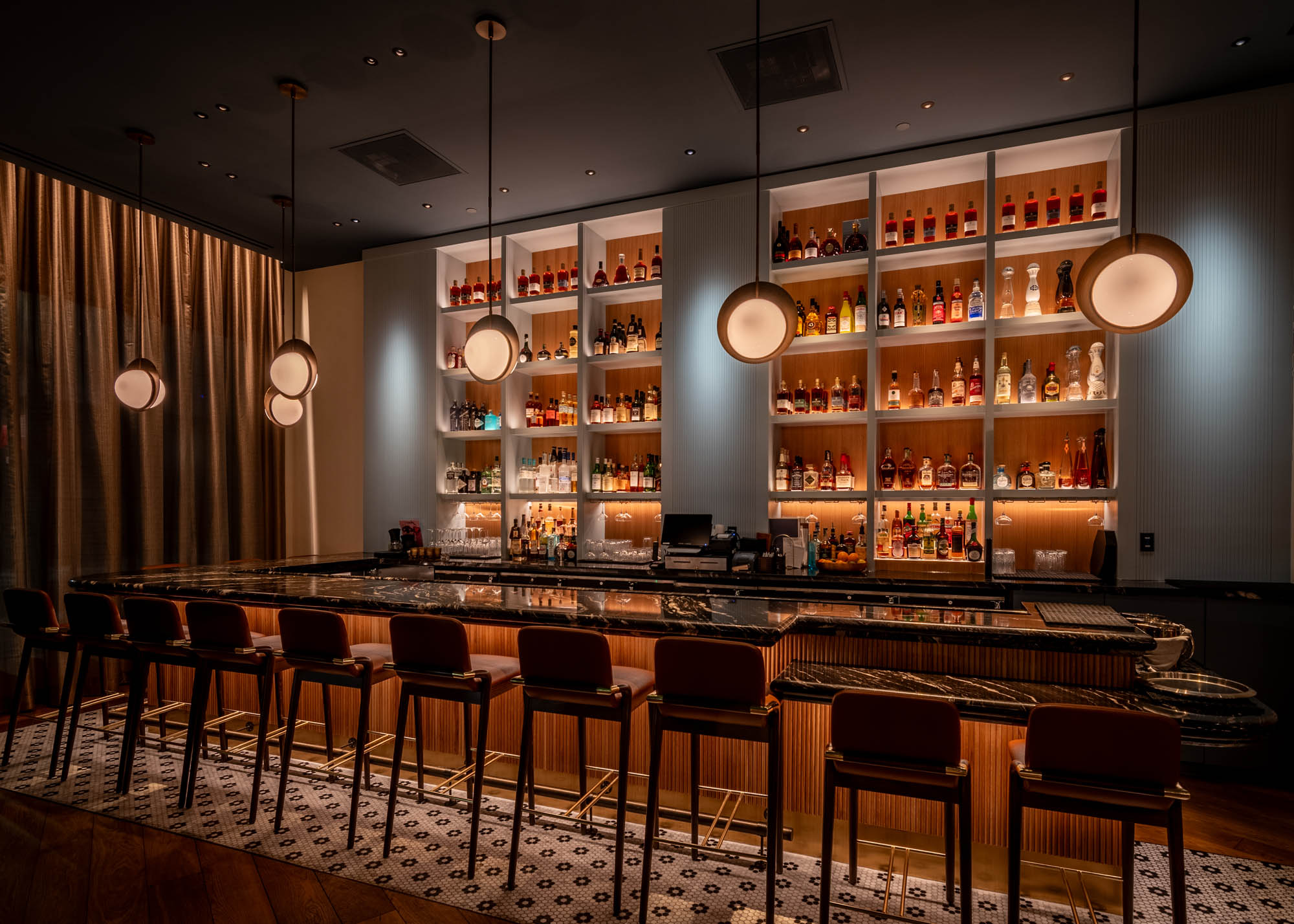
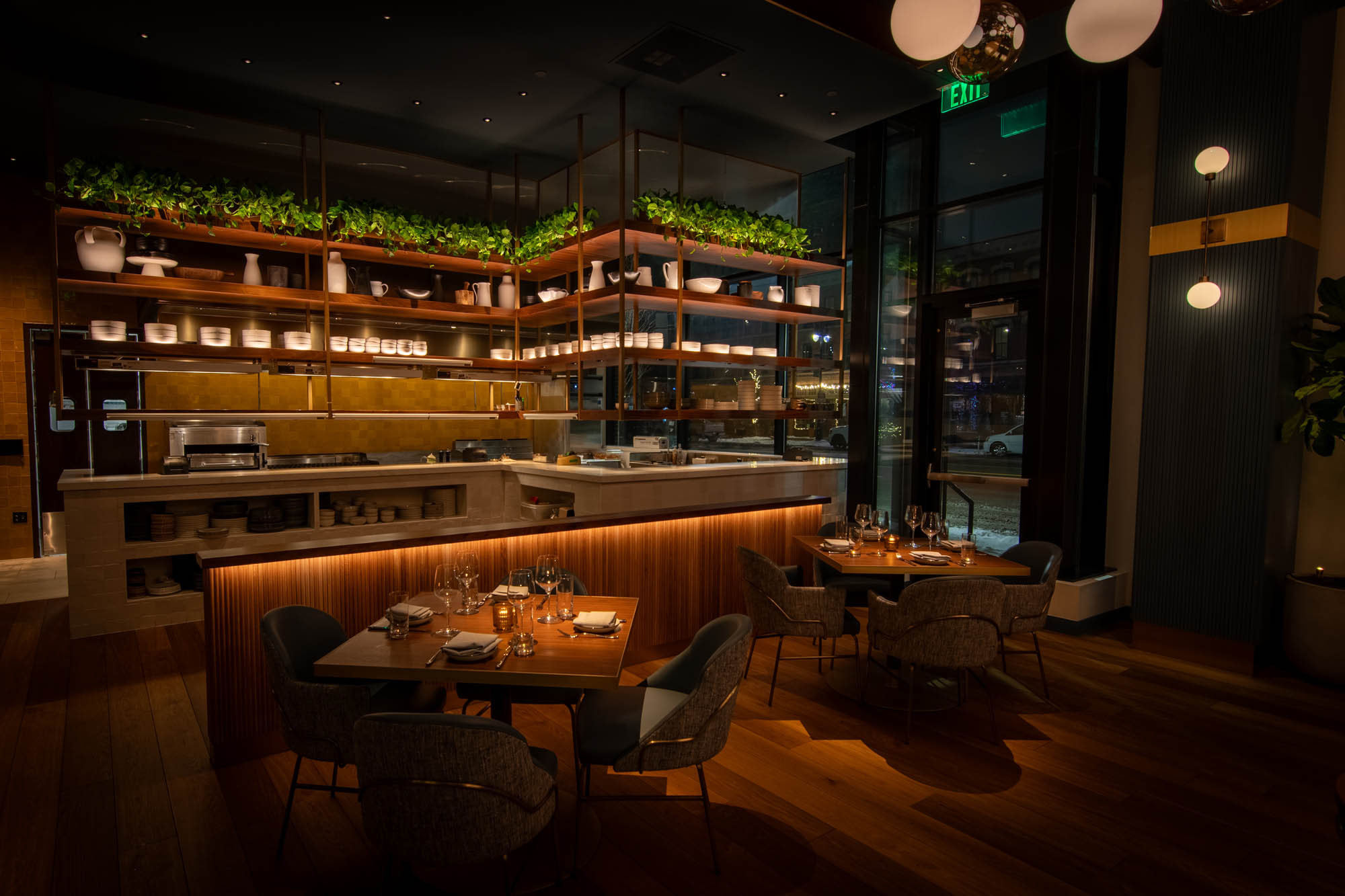
What were the main objectives or goals you had in mind when designing the lighting for this project?
Our primary aim was to craft an ambiance that exuded intimacy and warmth while accentuating the architectural features of the space. We sought to create memorable vistas both for passersby on the street and diners within the restaurant, with a particular focus on highlighting the bar area, open kitchen, and the striking art pieces throughout.
How did you incorporate Precision’s Minimo downlights into the design concept?
We meticulously integrated Precision’s Minimo downlights into the design, strategically positioning them to complement decorative fixtures while minimizing shadows, thereby providing ideal coverage, and enhancing the drama and allure of the dining areas below.
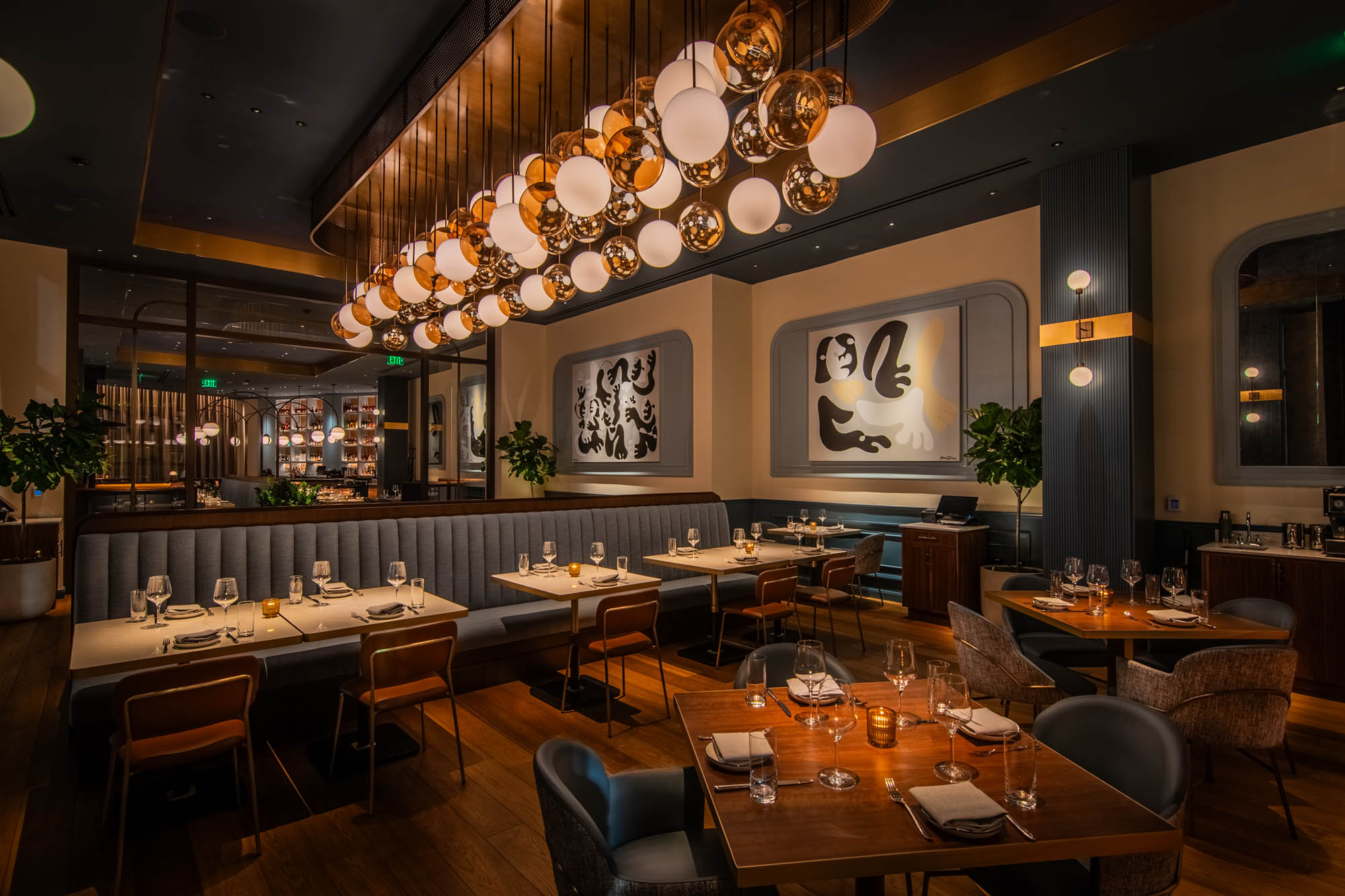
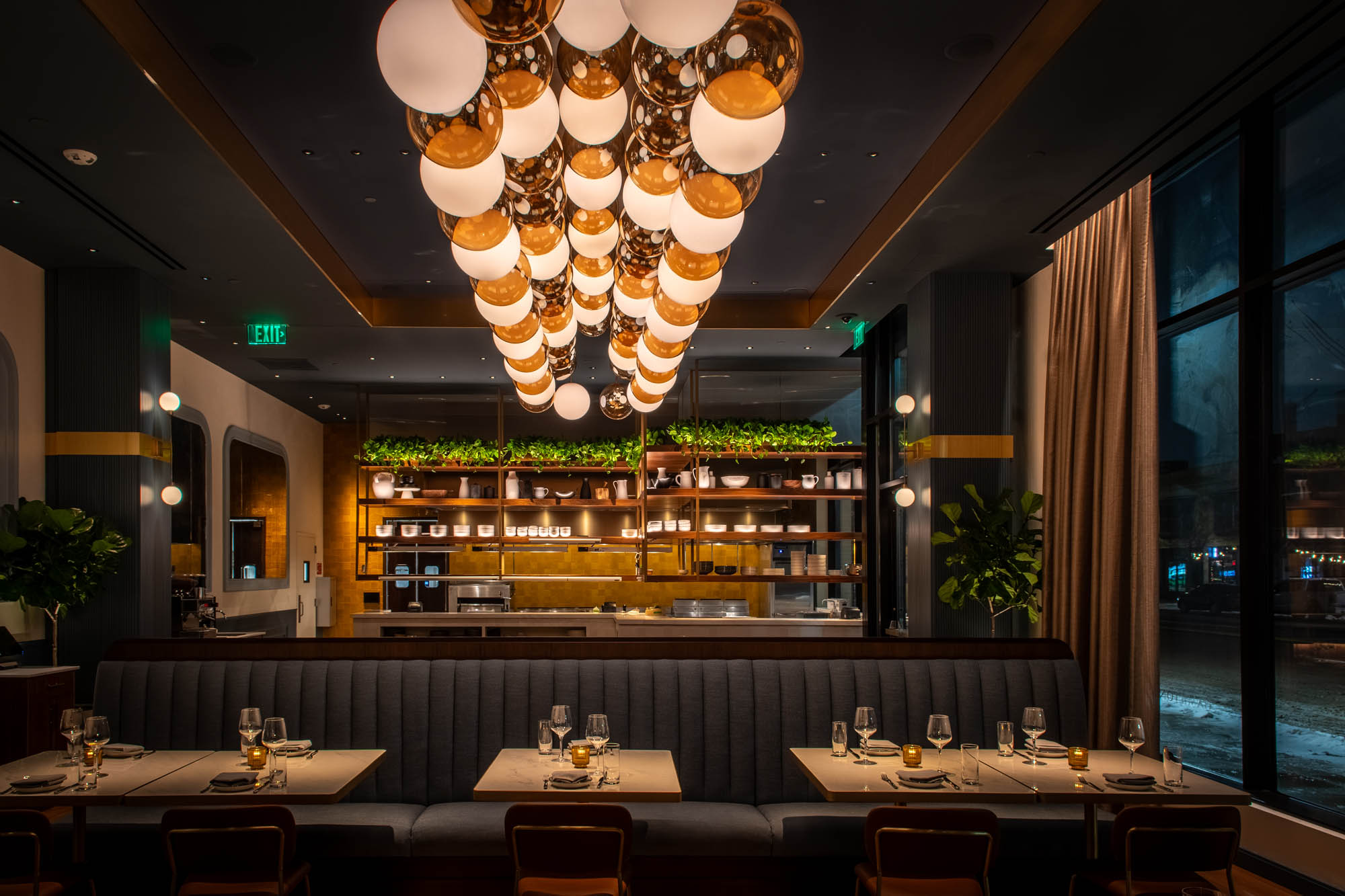
Can you discuss any specific challenges you encountered that MINIMO helped you overcome as you were working through the details of this project?
Because MINIMO is a small and quiet downlight with narrow optics, it allowed us to create the desired drama and intimacy in an open and exposed space. This helped us to execute our design while avoiding a distracting ceiling layout.
What aspects of MINIMO stood out to you the most during the design process?
MINIMO’s discreet profile and focused beam optics were standout features that seamlessly integrated into our design vision, offering versatility and control over the lighting scheme.
In what ways did the performance of MINIMO contribute to the overall ambiance or mood you were trying to create?
MINIMO’s exceptional dimming capabilities played a pivotal role allowing us to balance the mood between the sun washed breakfast and lunch hours and the much dimmer evening look.
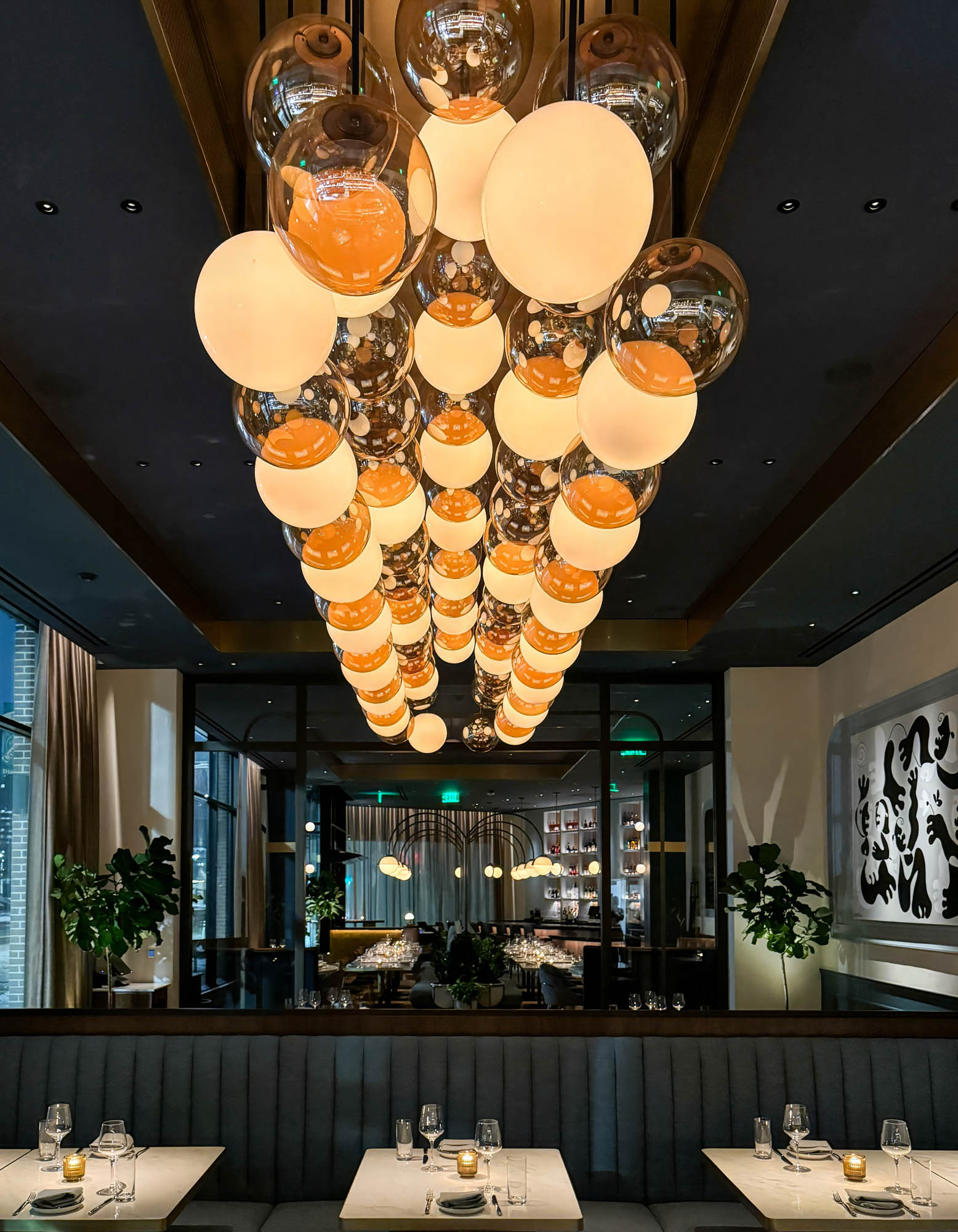
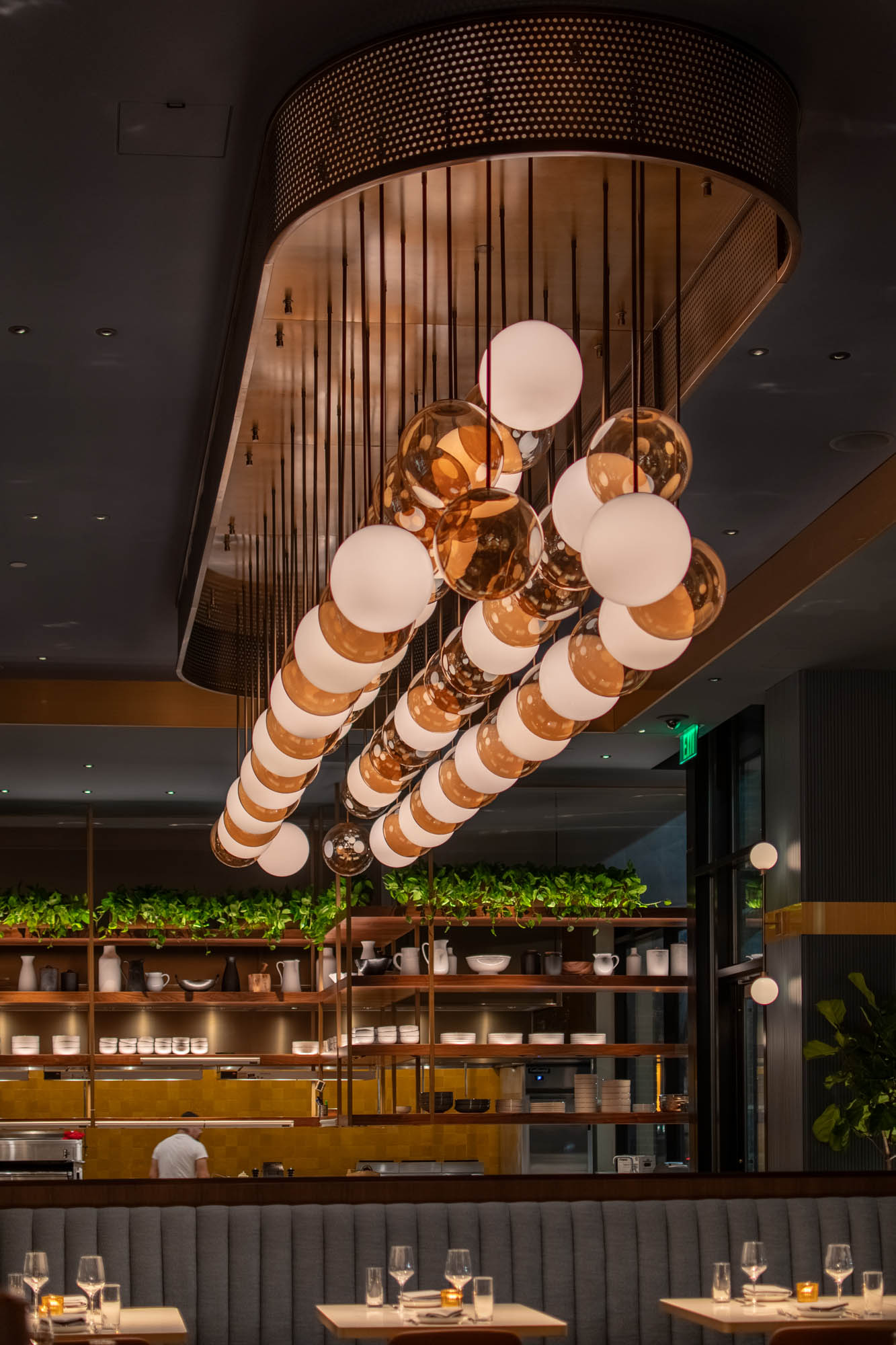
Were there any customization or special adaptations you made to MINIMO to better suit the project’s needs?
While the fixtures themselves required no customization, we collaborated with Precision to source a DMX driver that facilitated seamless integration into the control system, ensuring optimal performance and functionality.
How did you address energy efficiency and sustainability considerations in the selection and use of MINIMO?
MINIMO’s energy-efficient design and compliance with state-mandated codes aligned seamlessly with our sustainability objectives, offering an eco-conscious lighting solution without compromising on performance or aesthetics.
Can you share any feedback or reactions you received from clients or end-users regarding the lighting design and the use of MINIMO?
The amount of drama created with MINIMO fixtures was beyond what the client expected. Everyone was thrilled with the final product on opening.
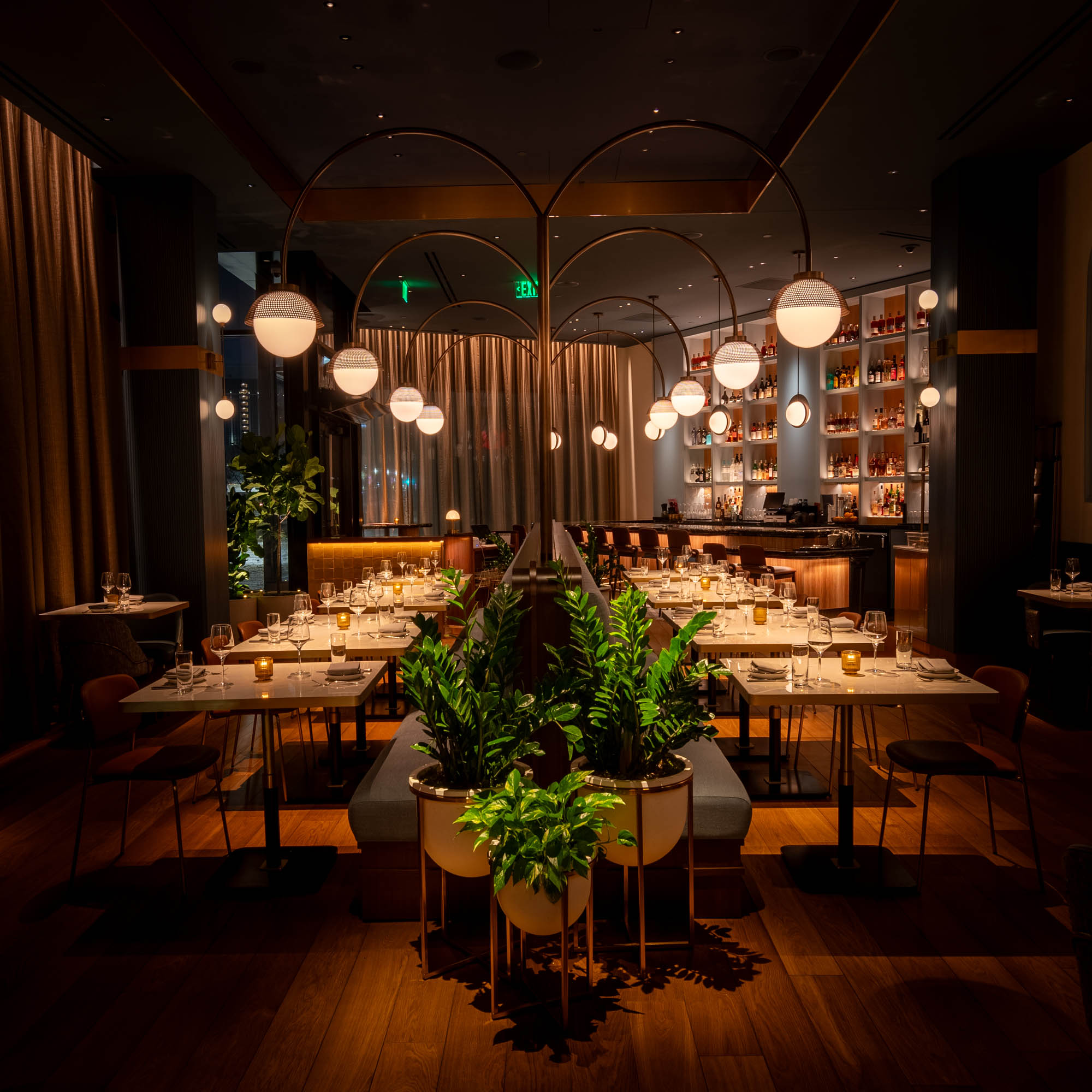

Did the installation and setup of MINIMO pose any logistical or technical challenges?
Just as with any recessed downlight, you must coordinate with structural and mechanical elements, as well as with the ceiling thickness.
Looking back, is there anything you would have done differently in terms of utilizing MINIMO in this project?
The lack of housing is both an advantage and disadvantage as it is a space saver, but it requires more coordination to avoid conflicts during aiming. For future use of the MINIMO, we would push for more coordination with ceiling framing and other mechanical elements to ensure that our aiming is not compromised.
For our up-and-coming lighting designers out there, can you give them a piece of your wisdom or a nugget of advice when it comes to tackling a project like this one?
Evaluate all your finishes! They will look drastically different once you shine the specified light source on them.
Last question, what are some of your favorite Luminii products and why?
We love Luminii’s Warm Dim because it so closely replicates incandescent bulbs and in hospitality projects, that feeling of warmth provides a sense of welcoming that is crucial in getting diners back time and time again.
Thank you for joining us on this illuminating journey through the design process of Hamilton’s restaurant. Stay tuned for more insights and inspiration from the world of lighting design, brought to you by Luminii.
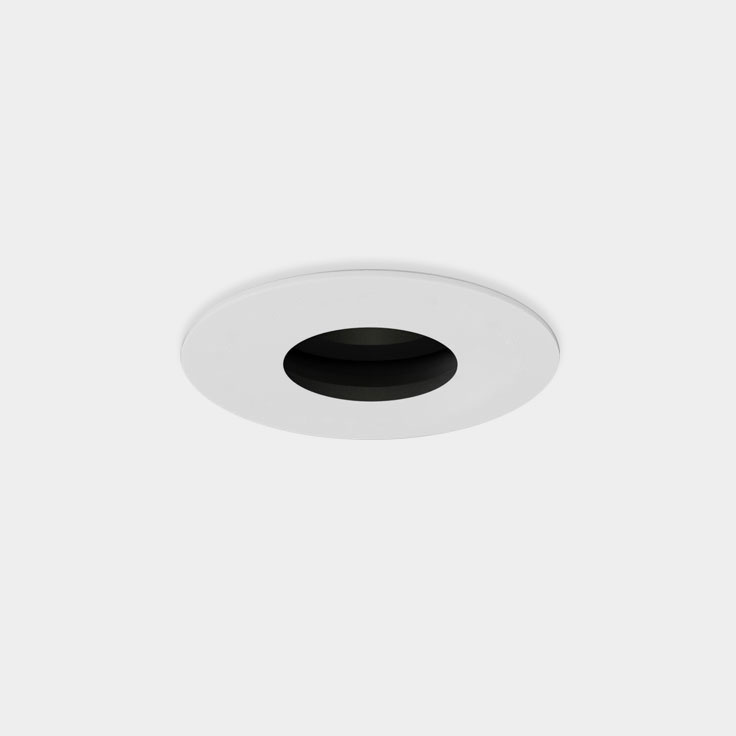
Minimo Fast Facts:
- High lumen output
- Ultra-high CRI and R9 values
- Clean controlled beams
- Narrow 2 step-binning
- IC enclosures
- TITLE 24/JA8 / UL Certified
- Tool-less field-changeable optics & accessories



